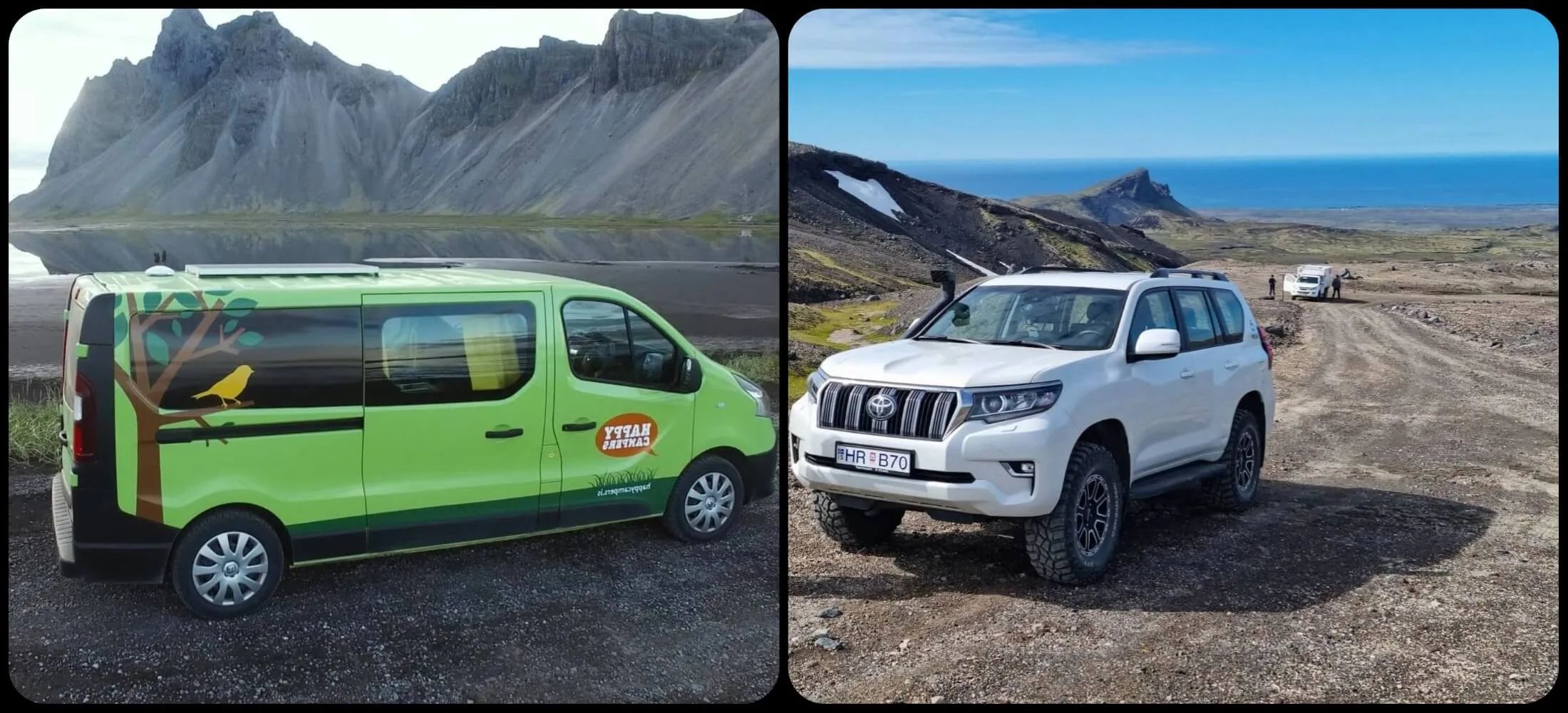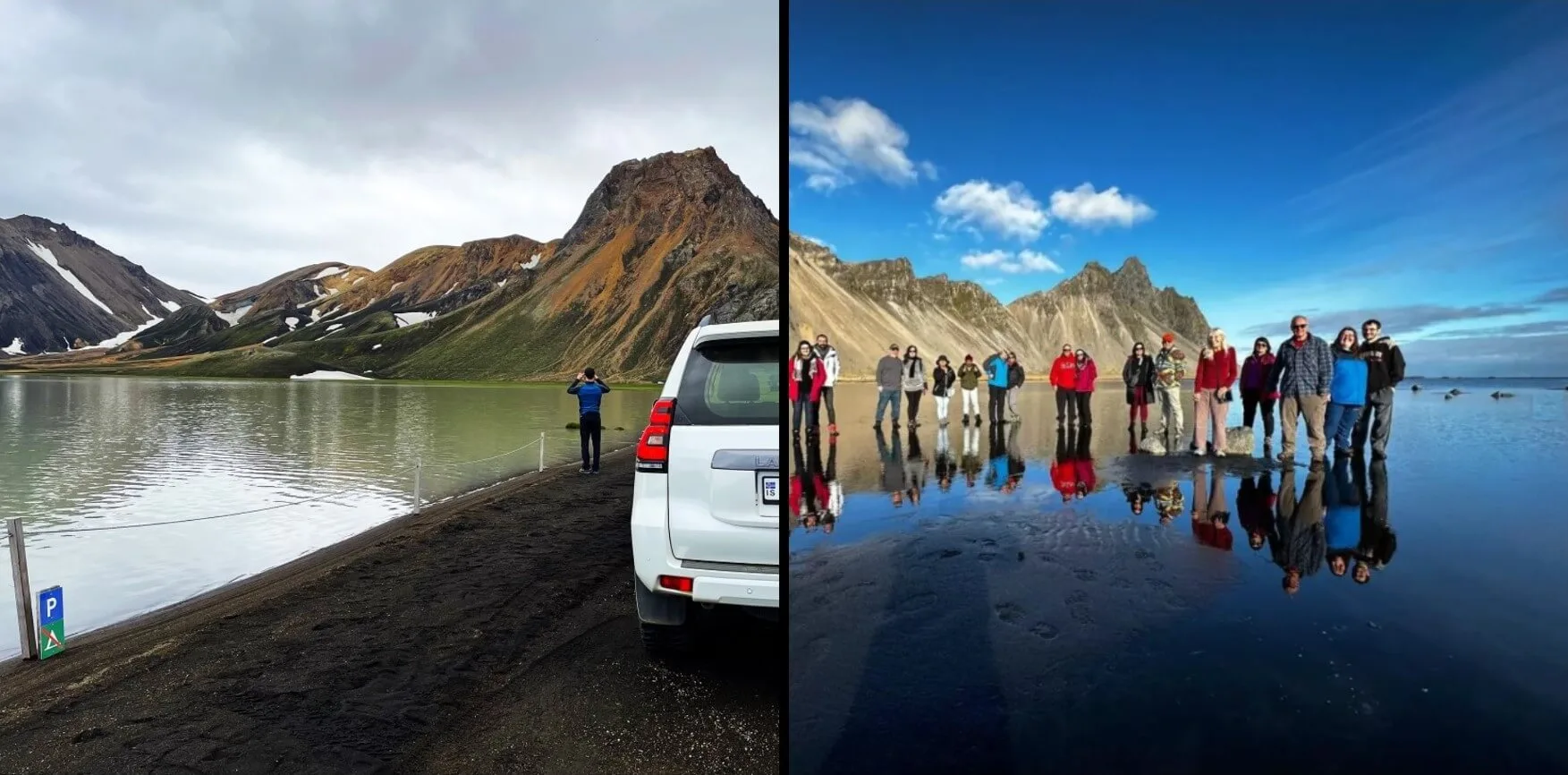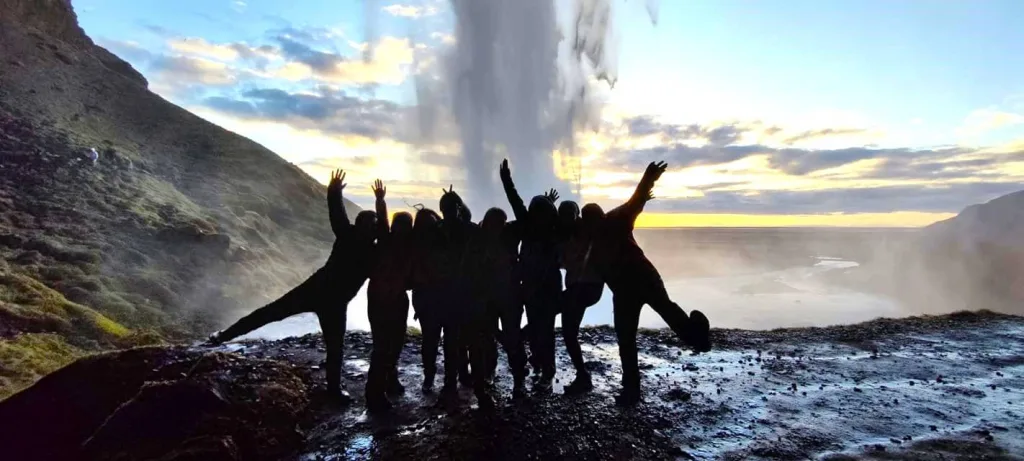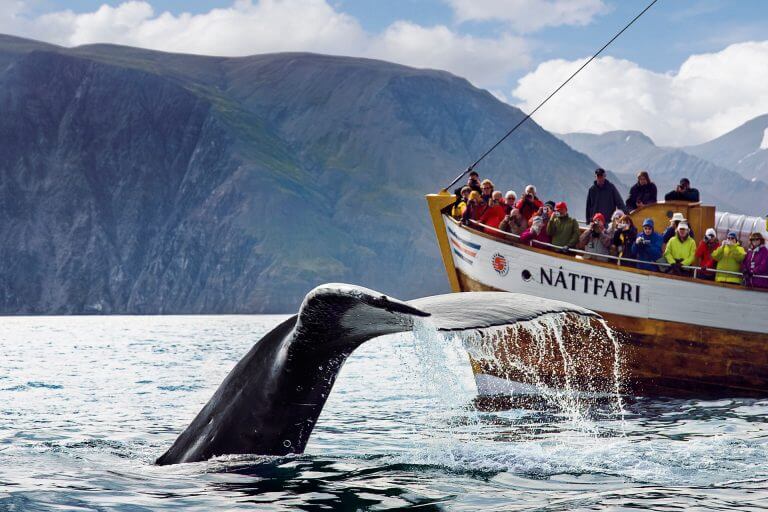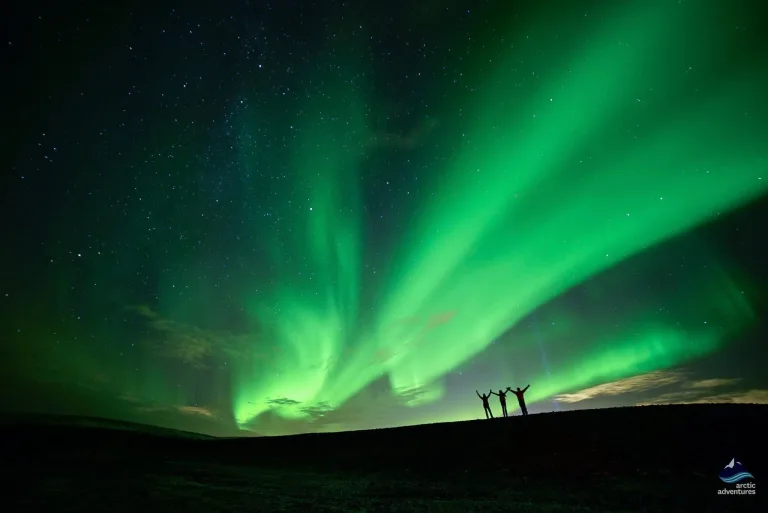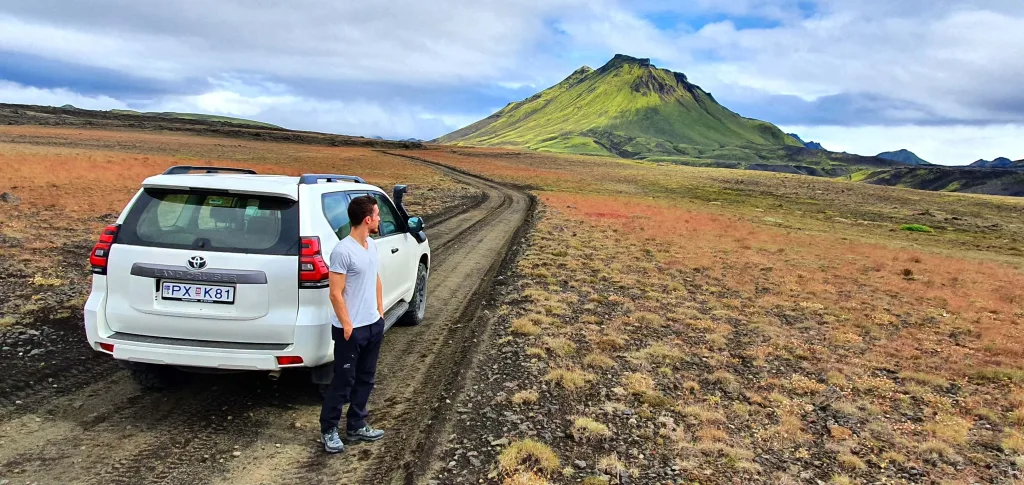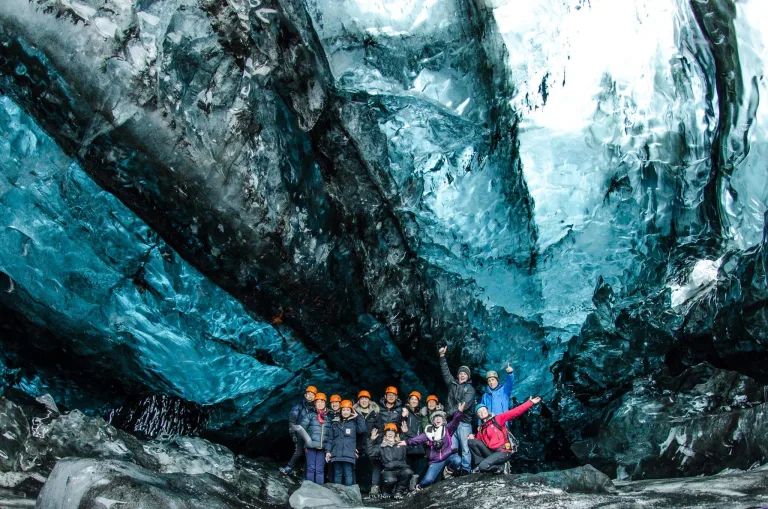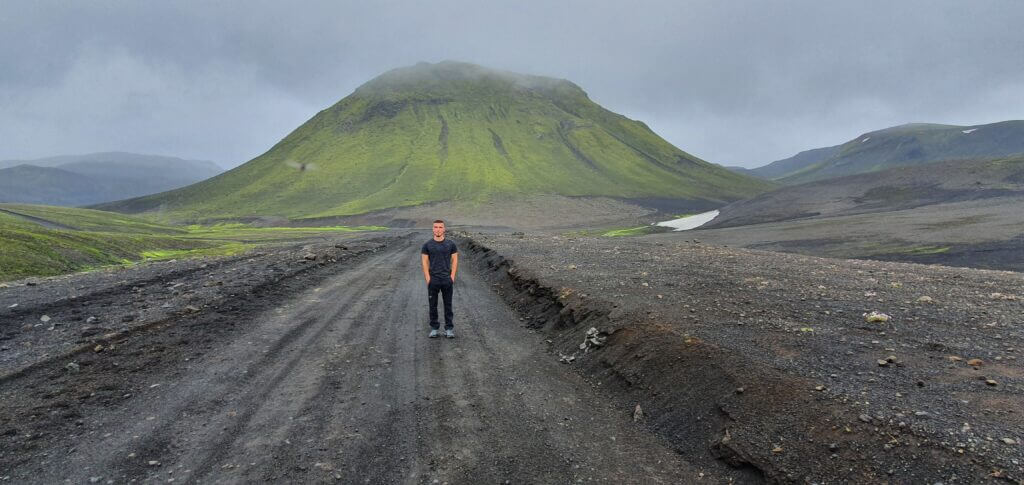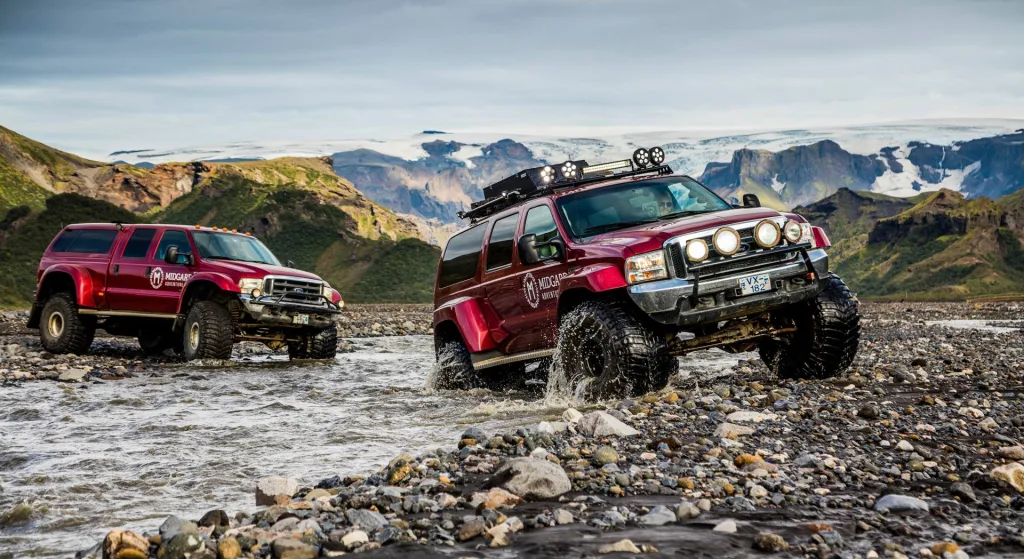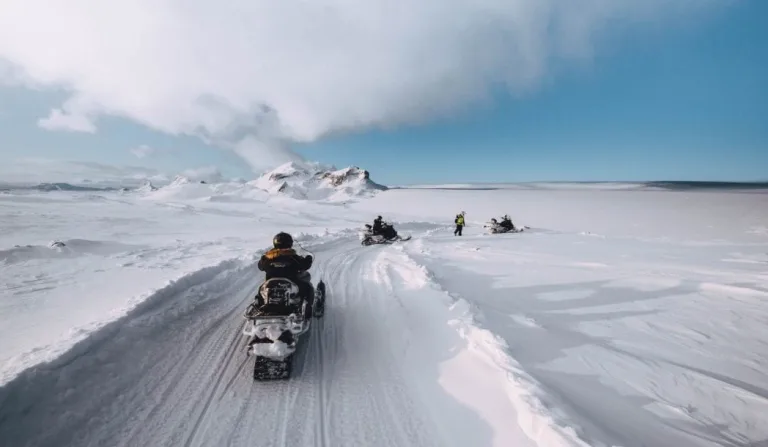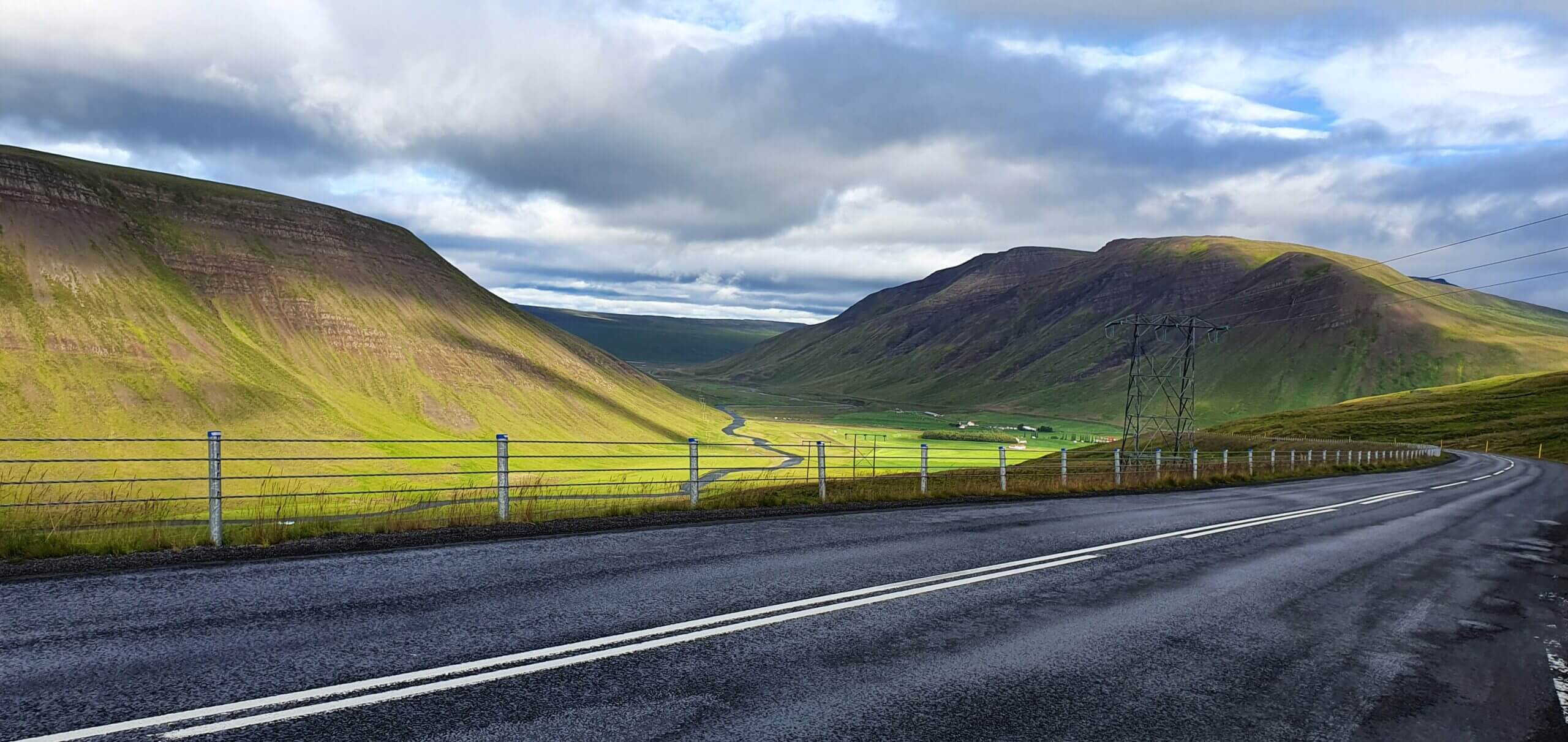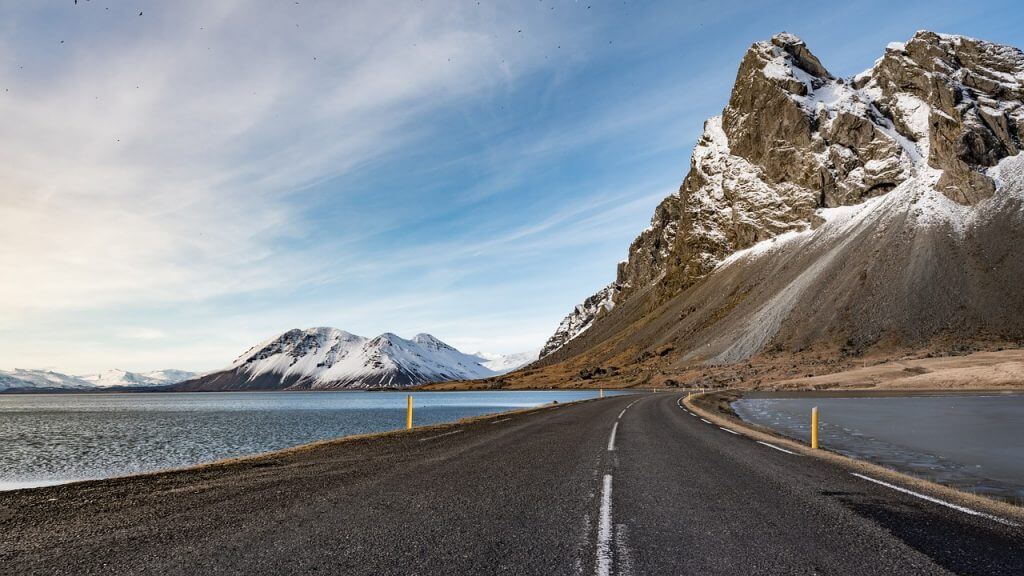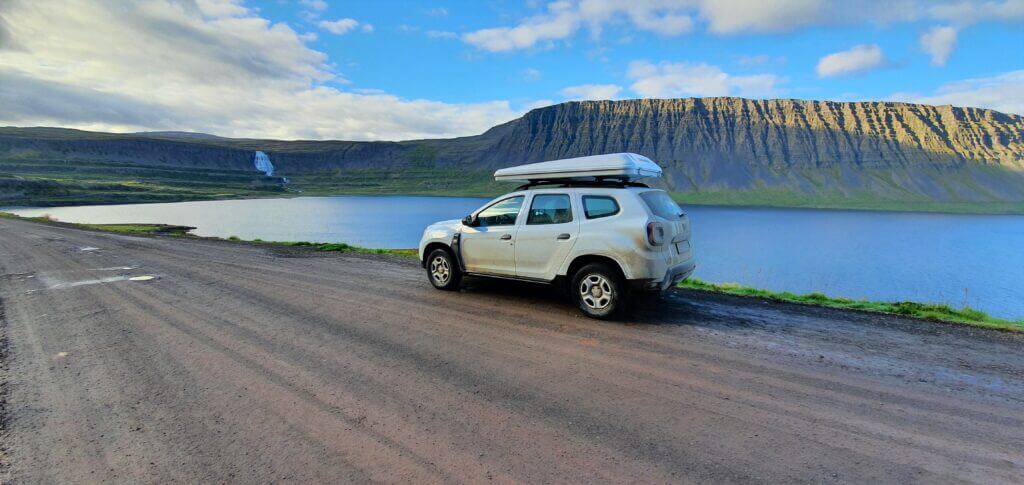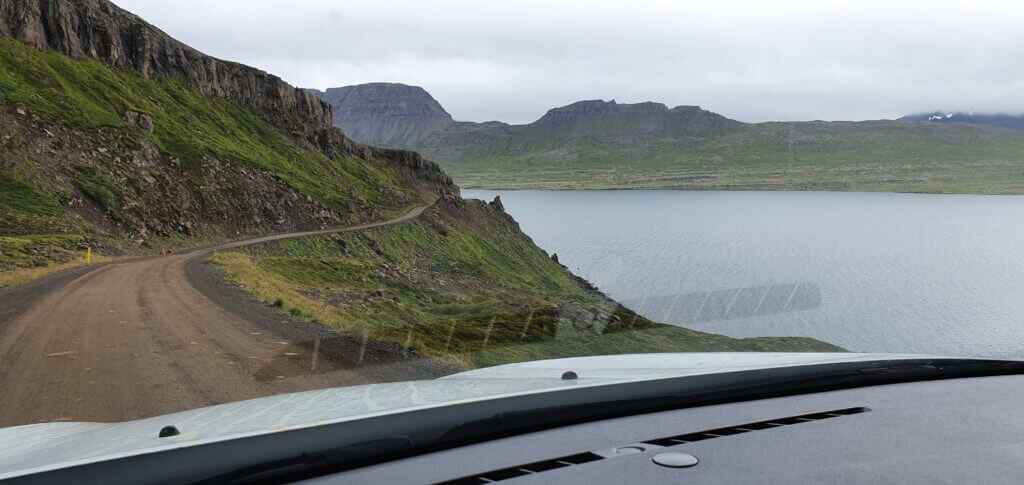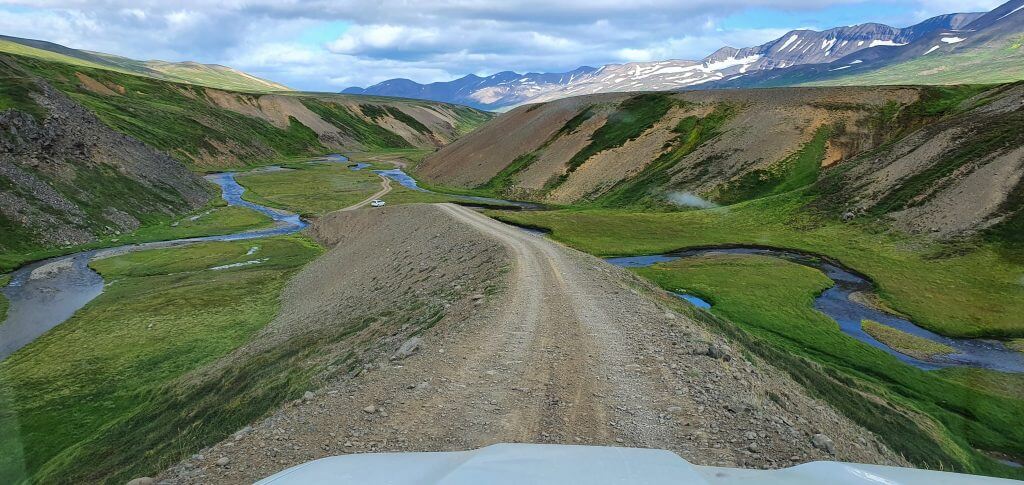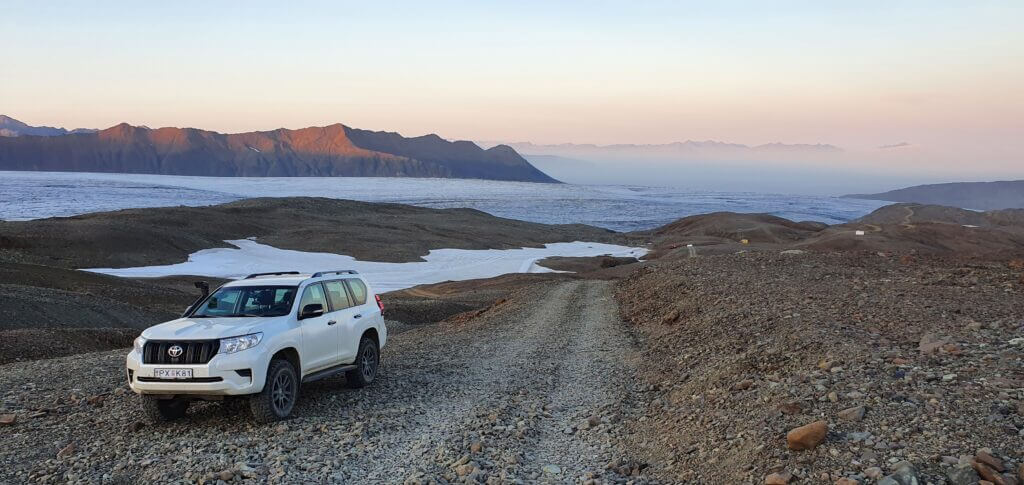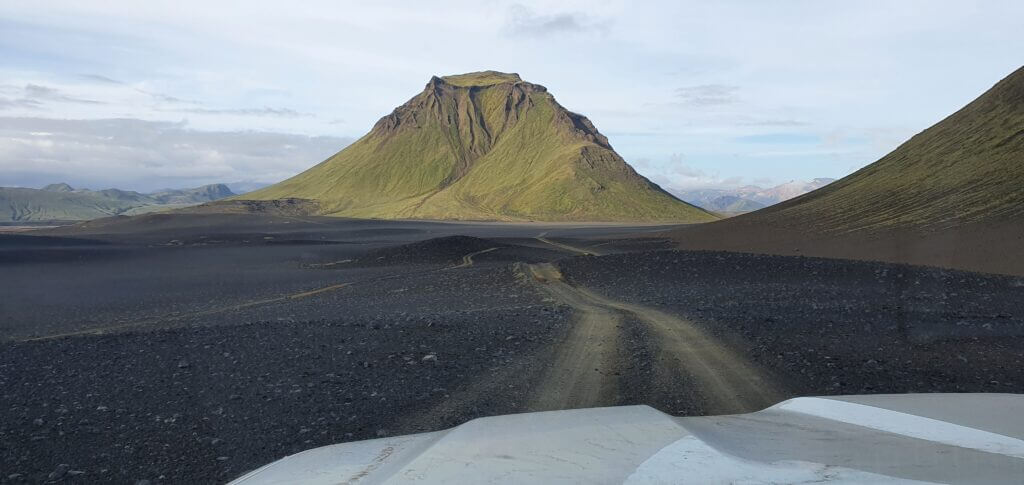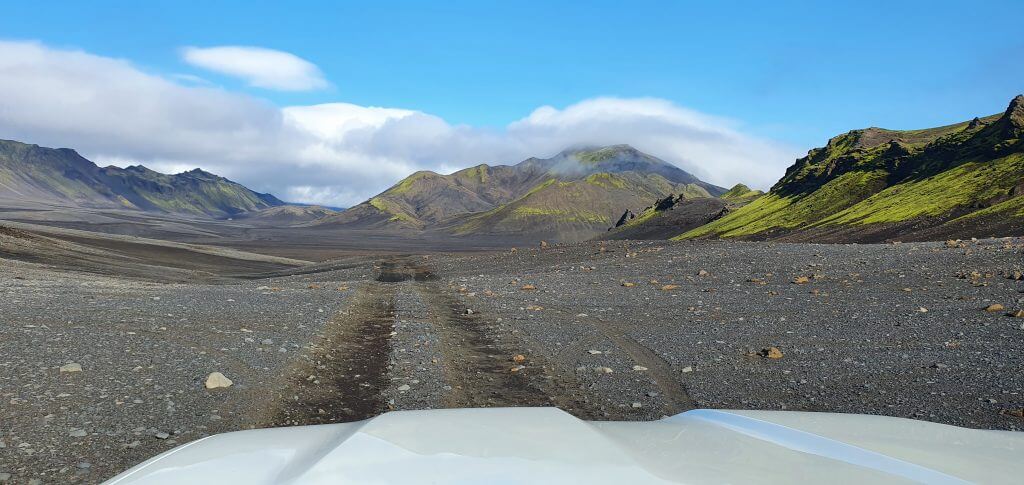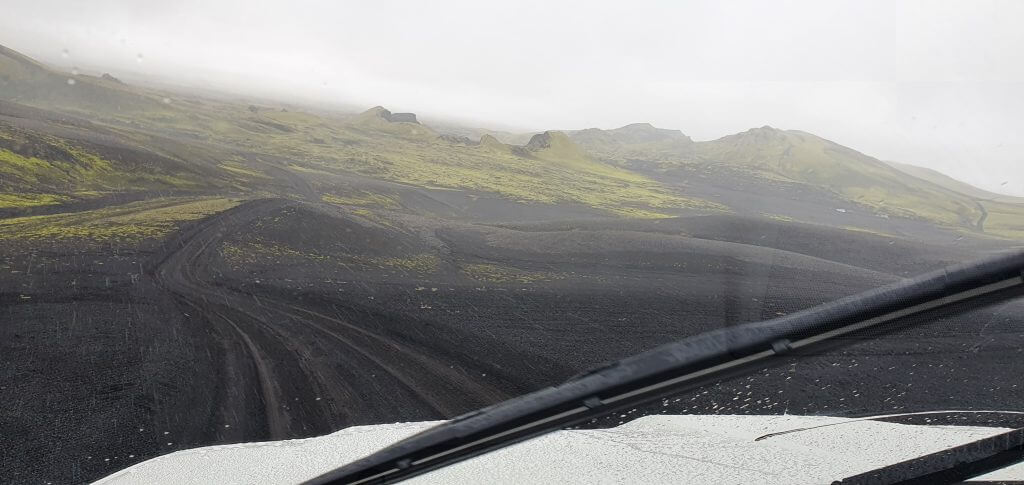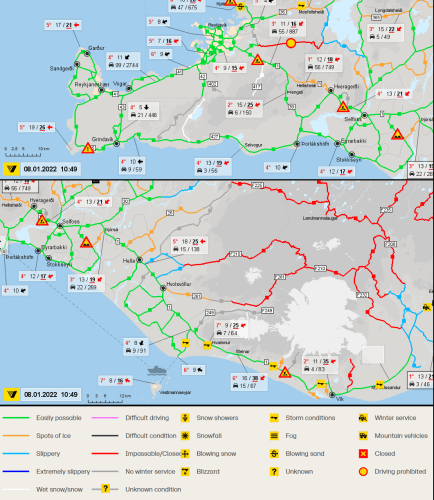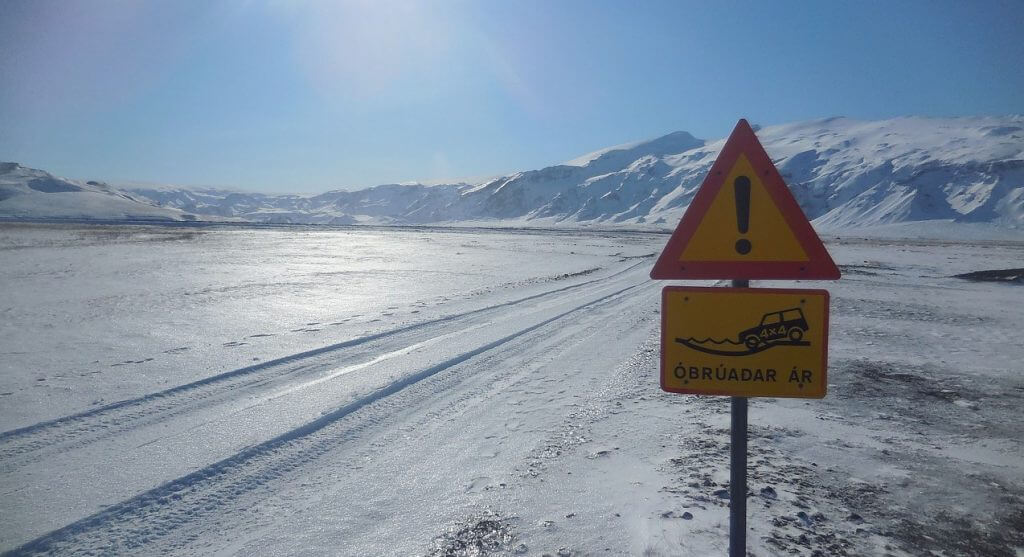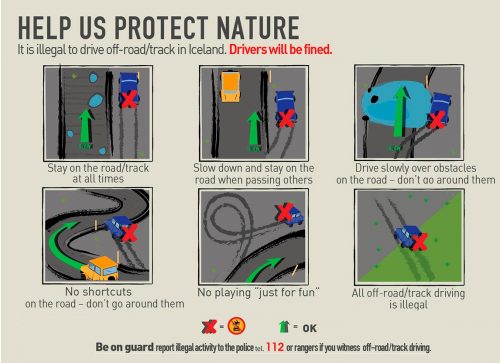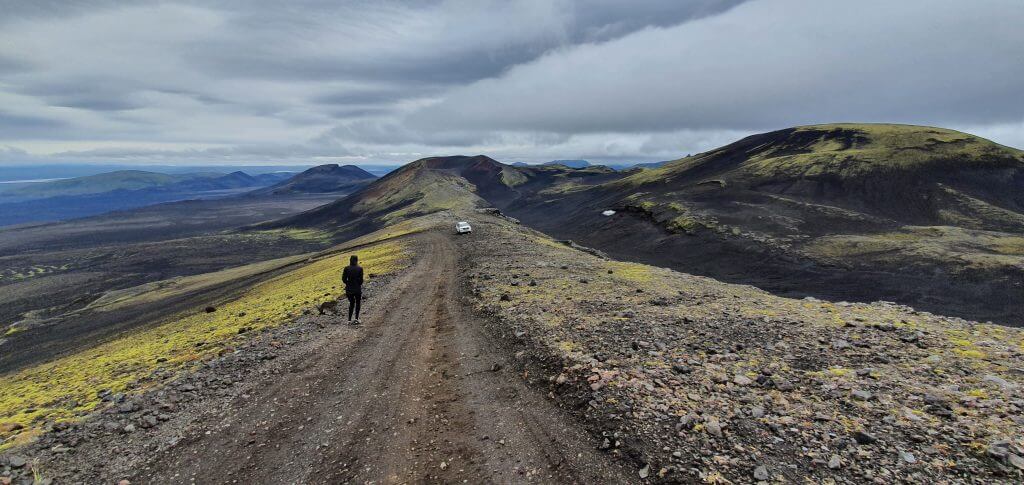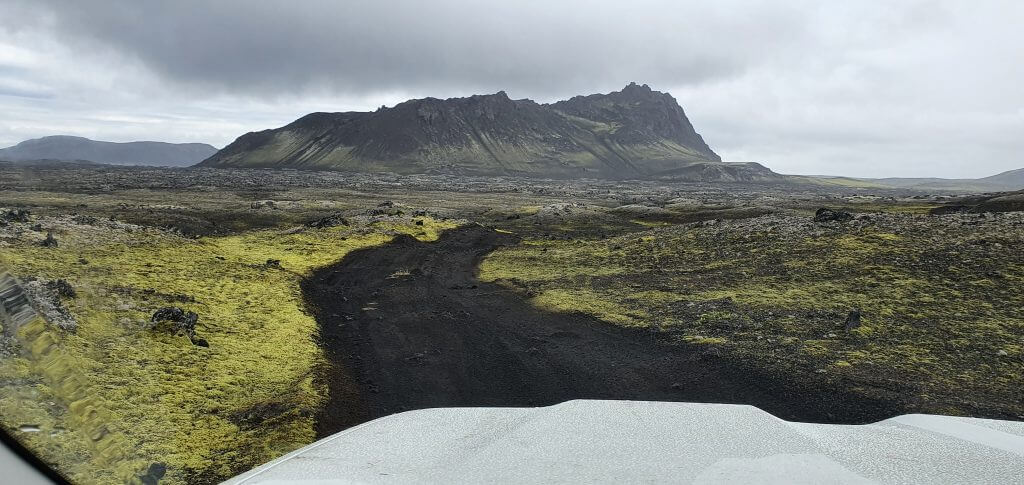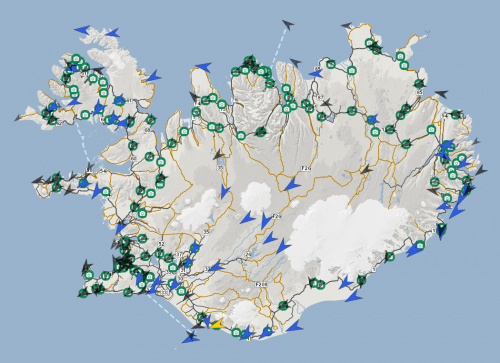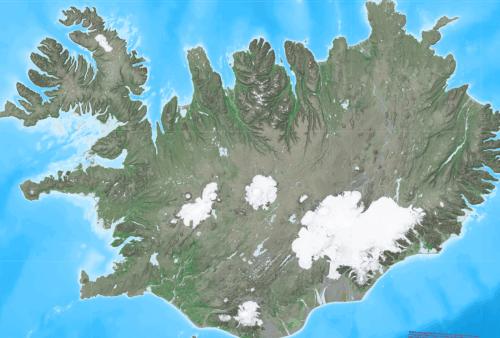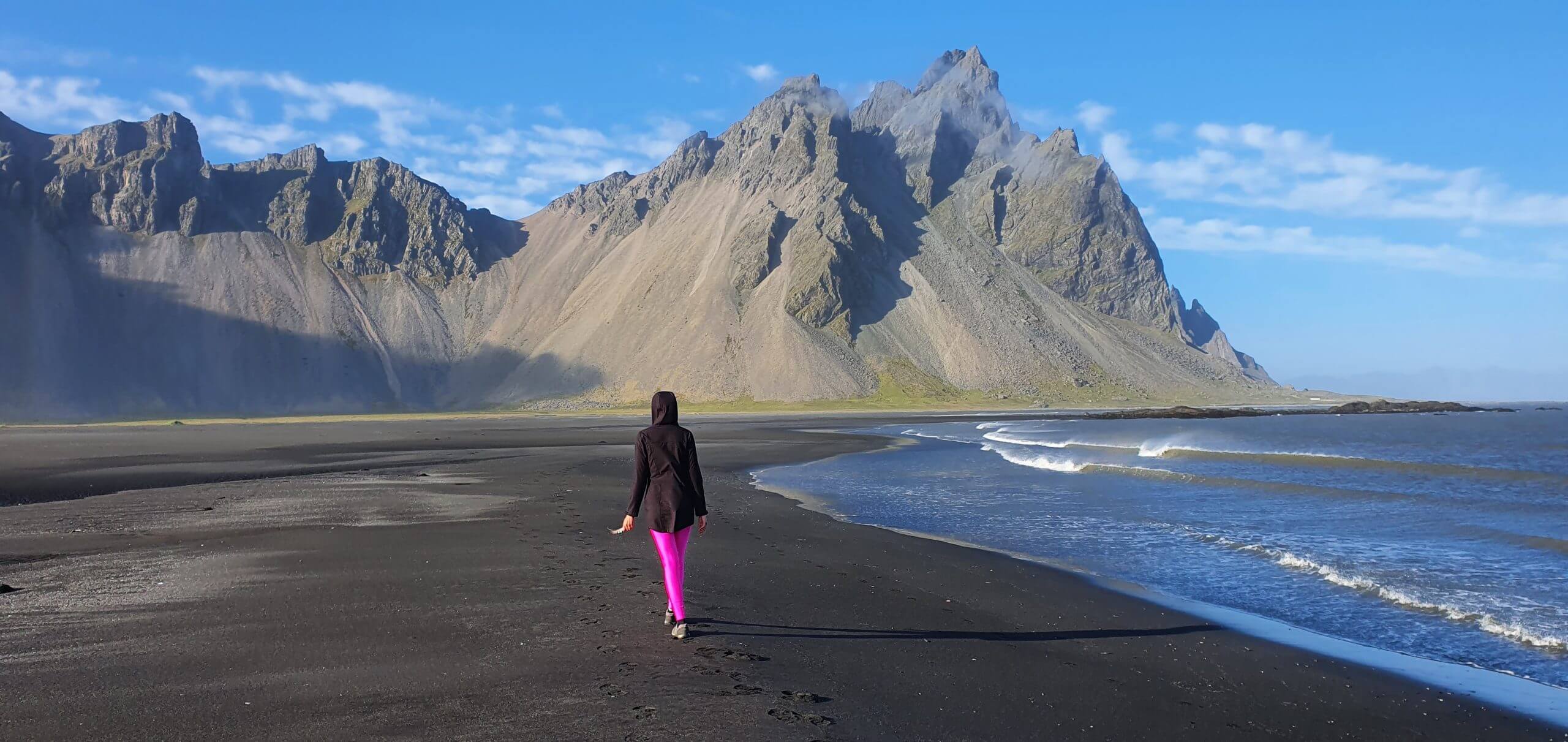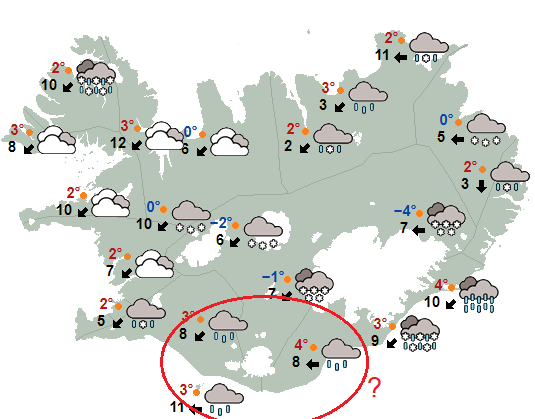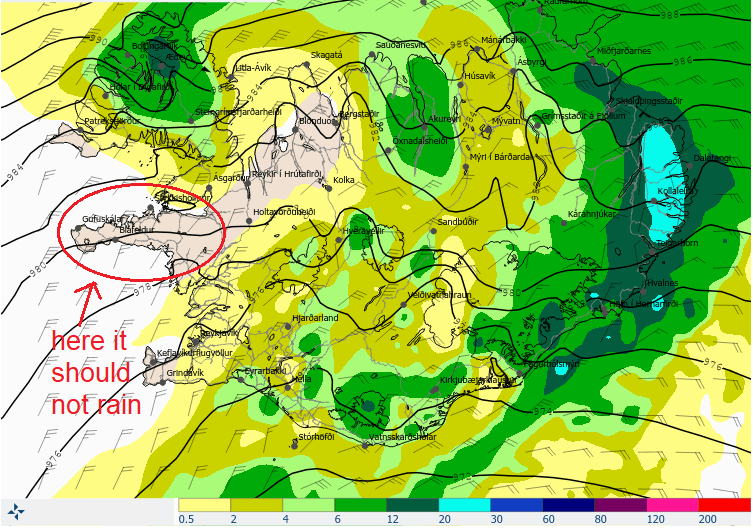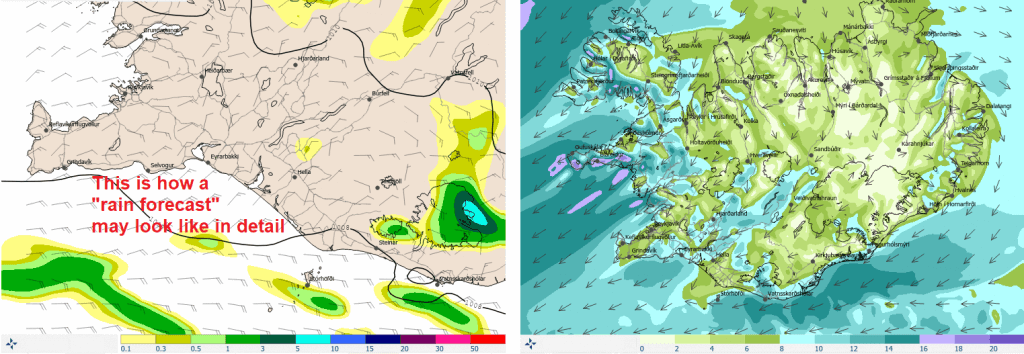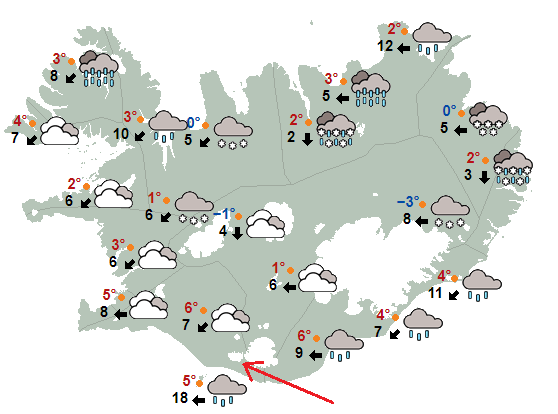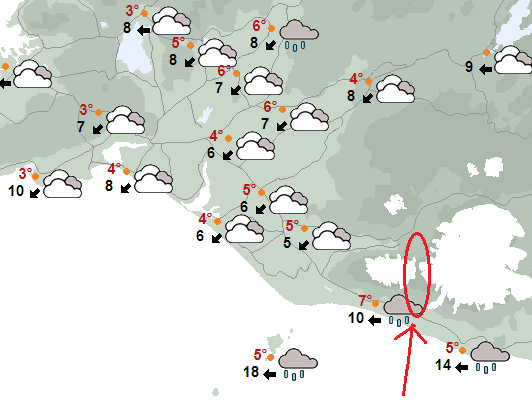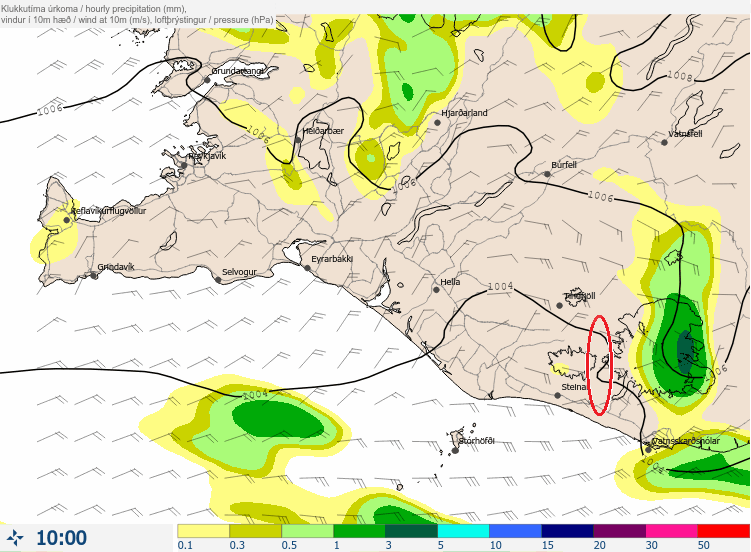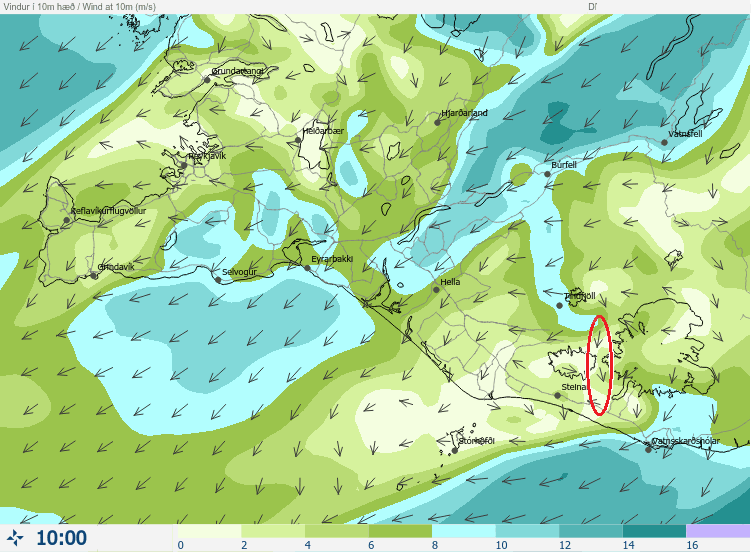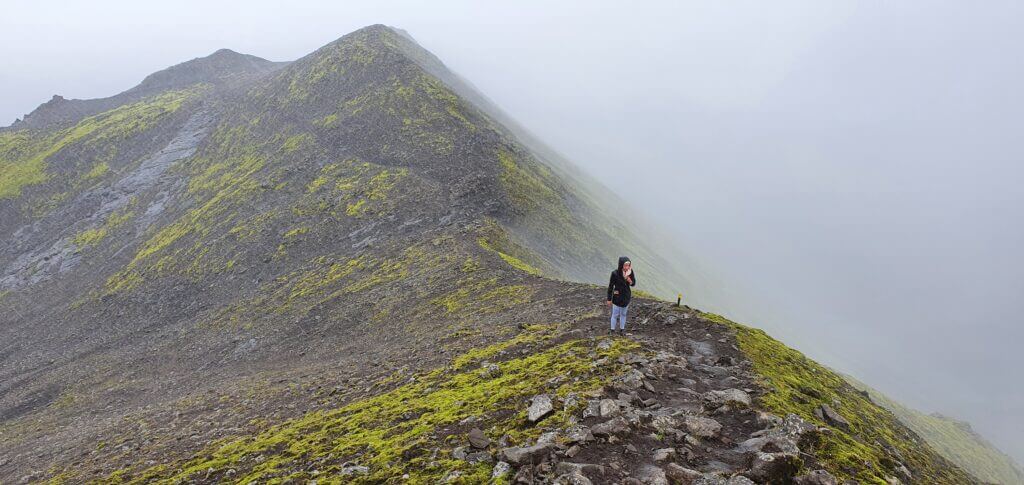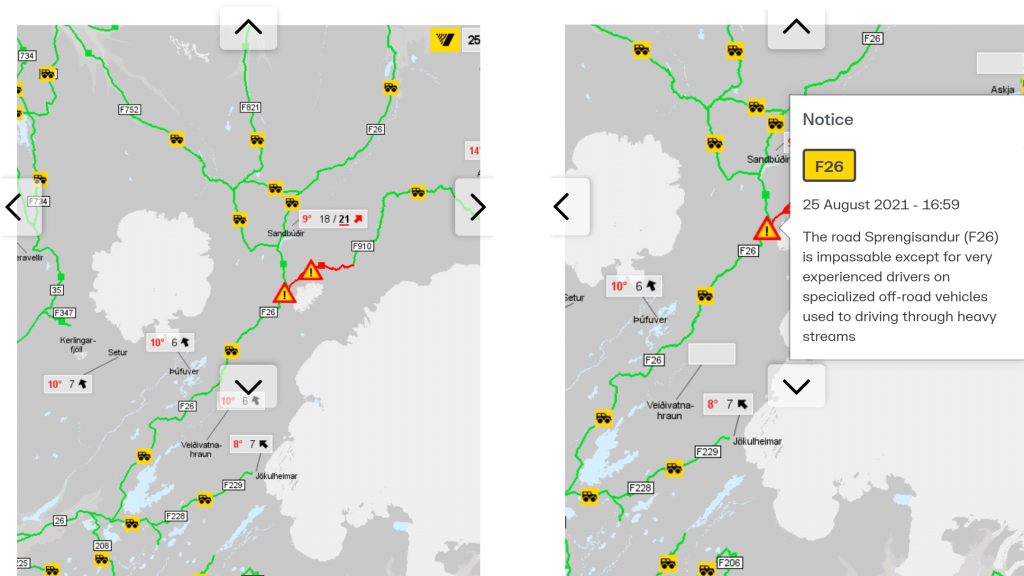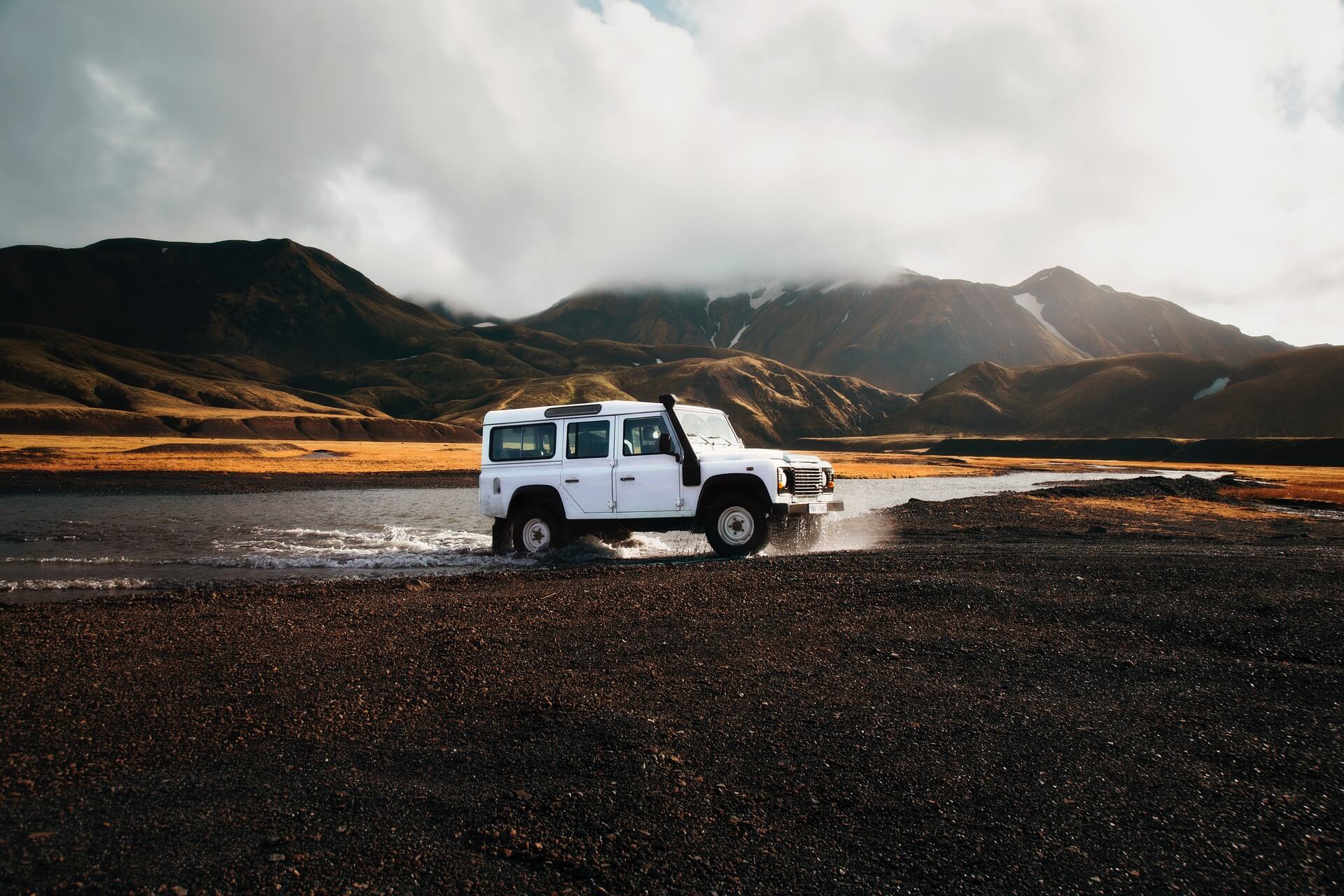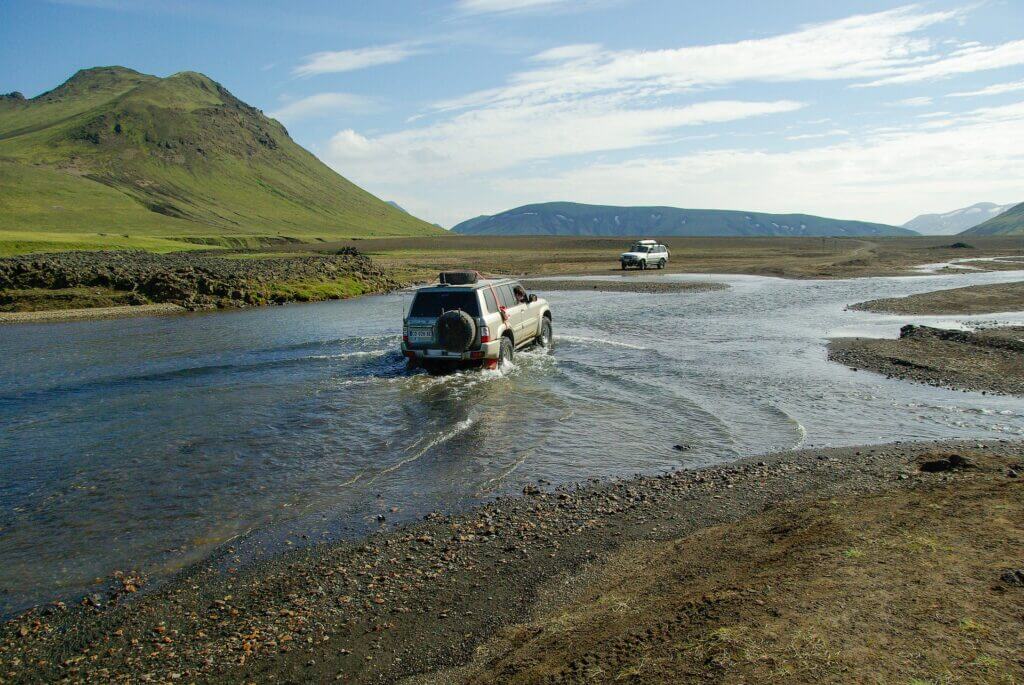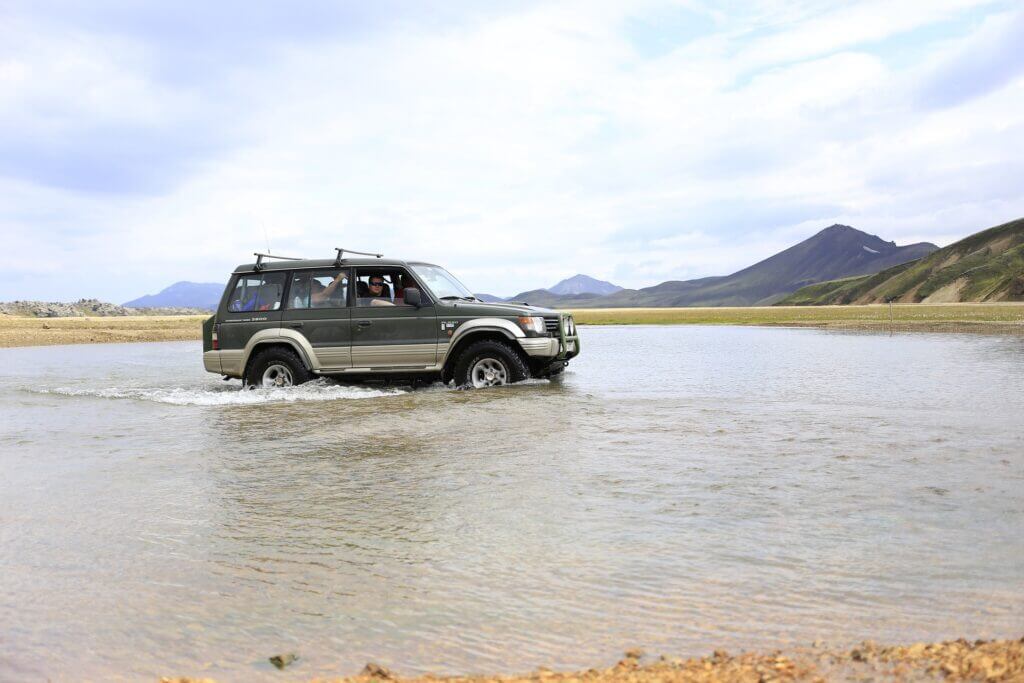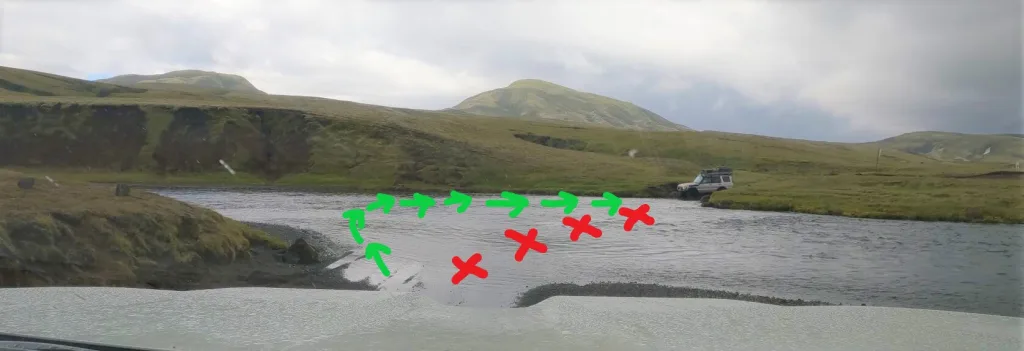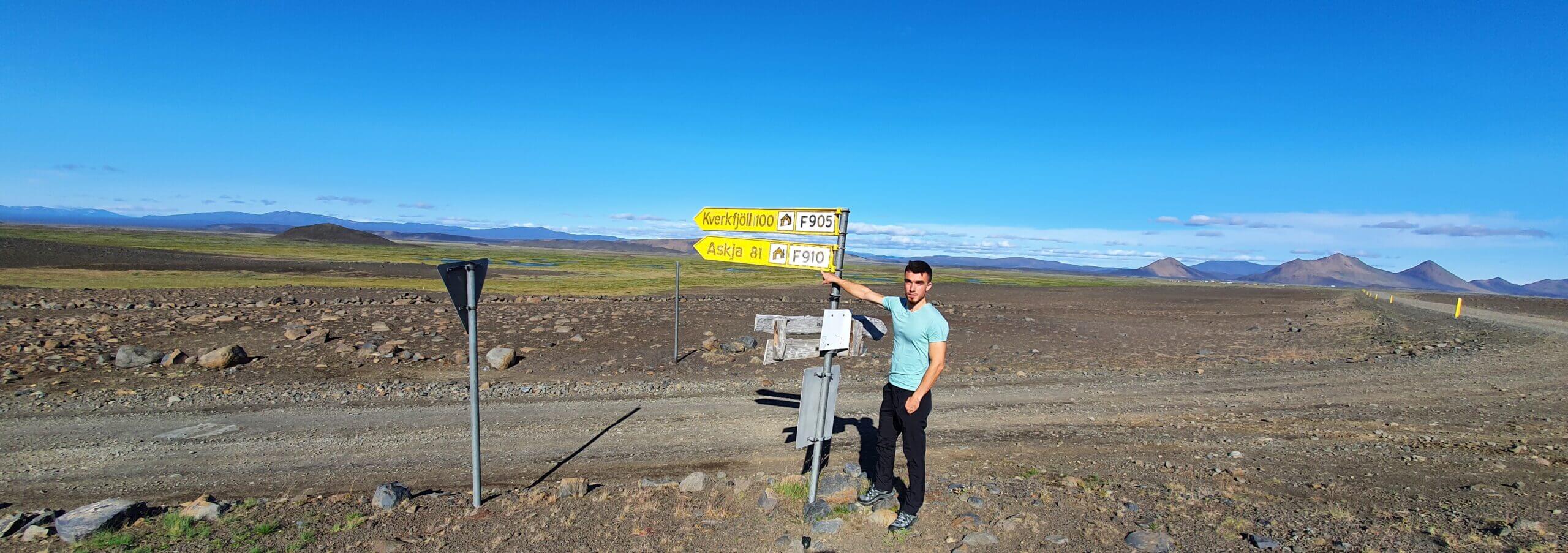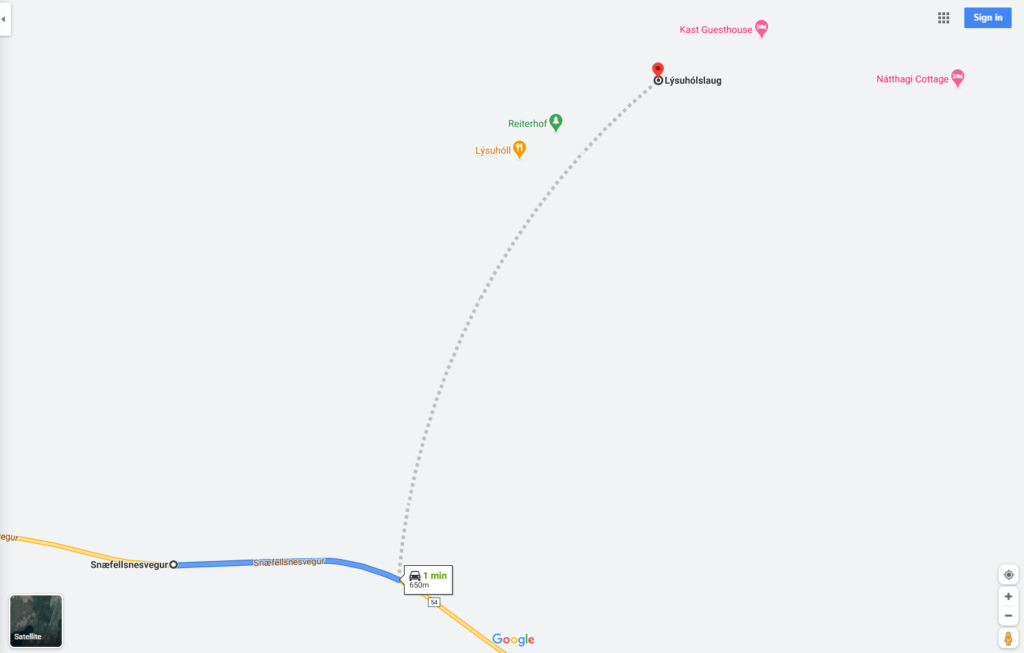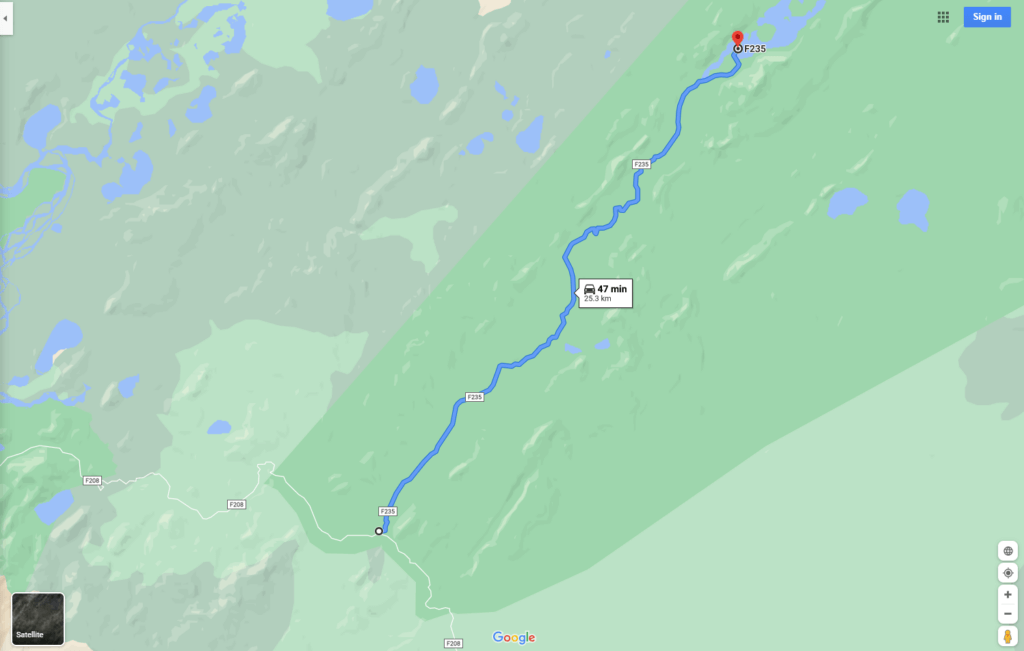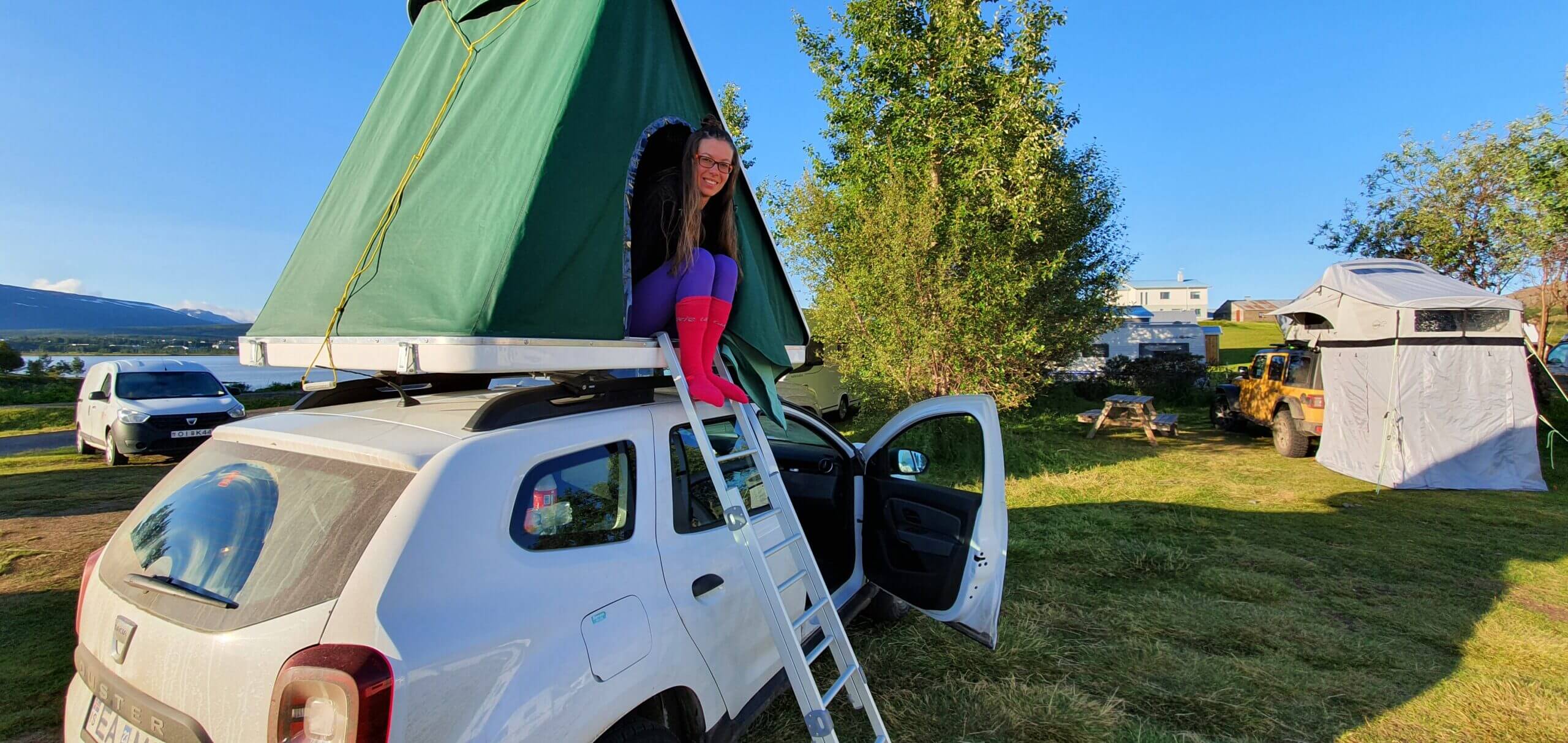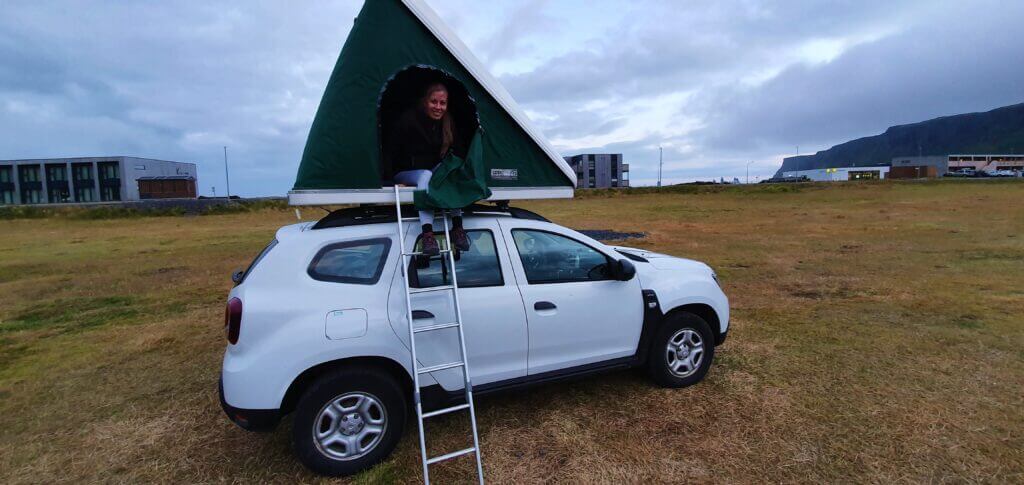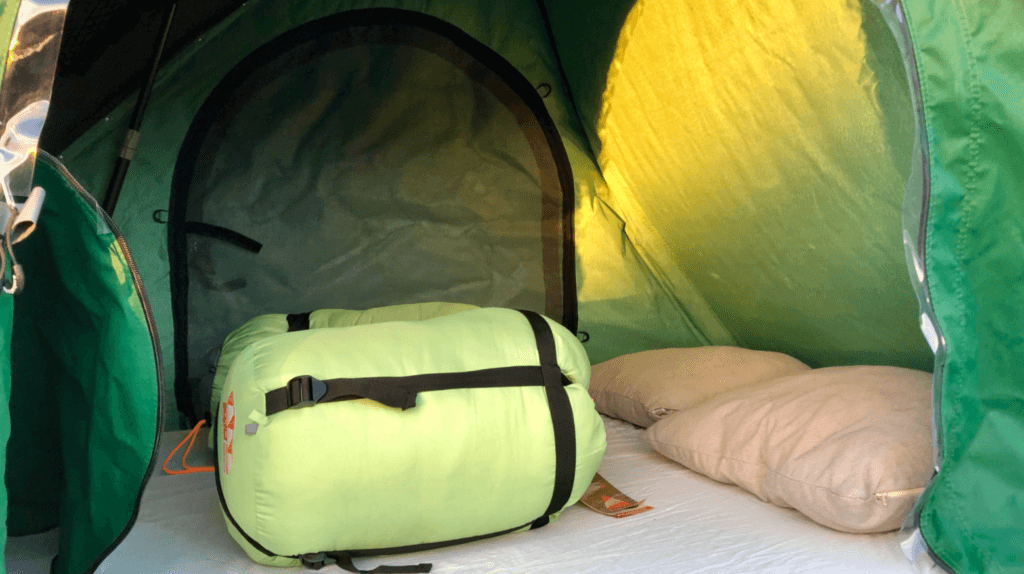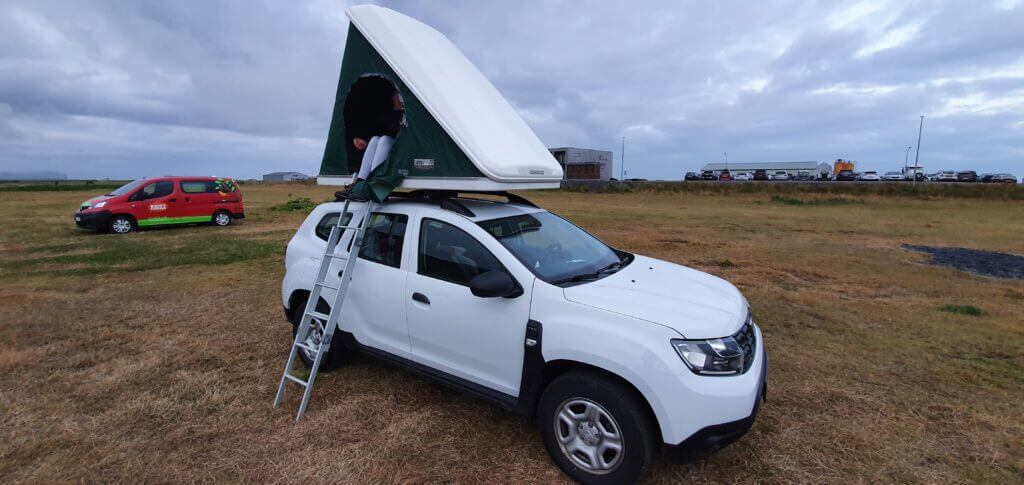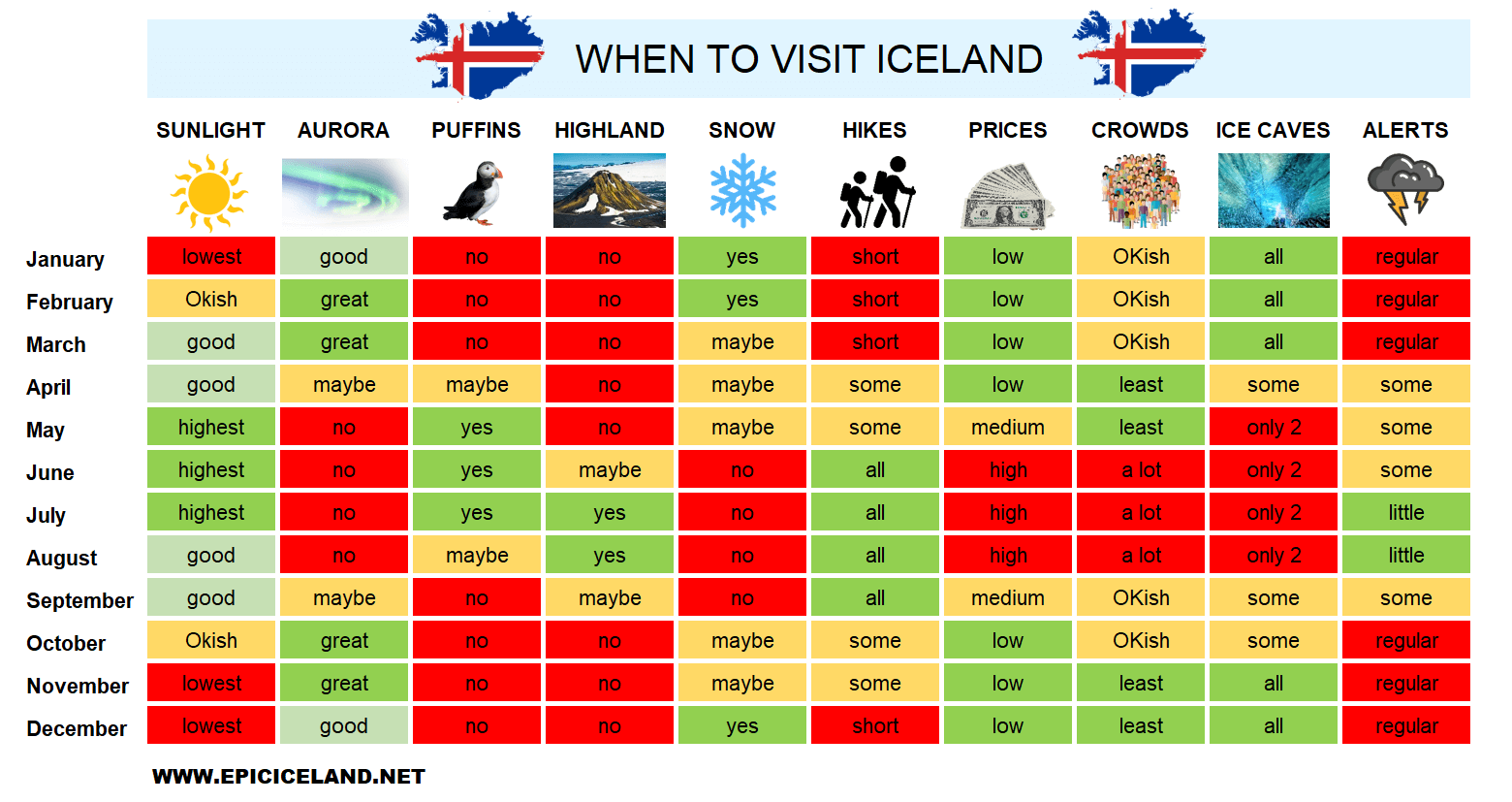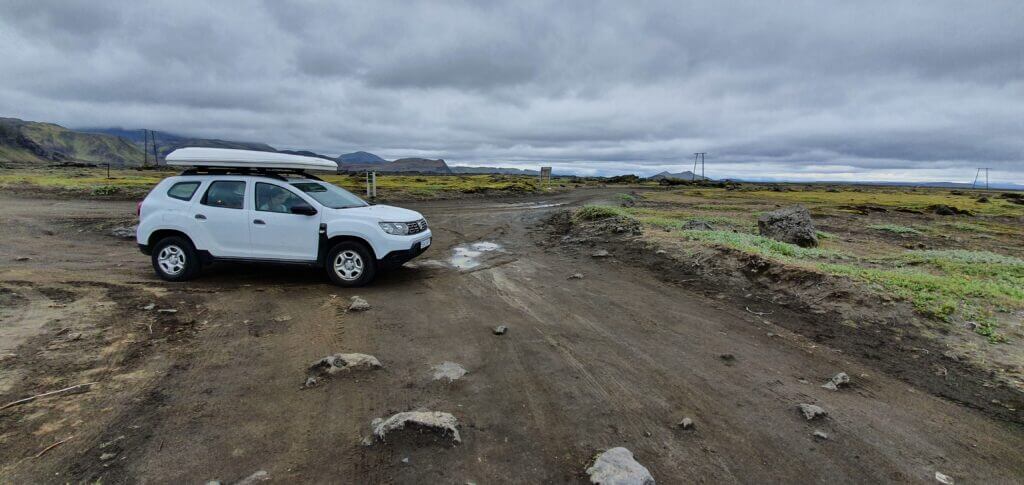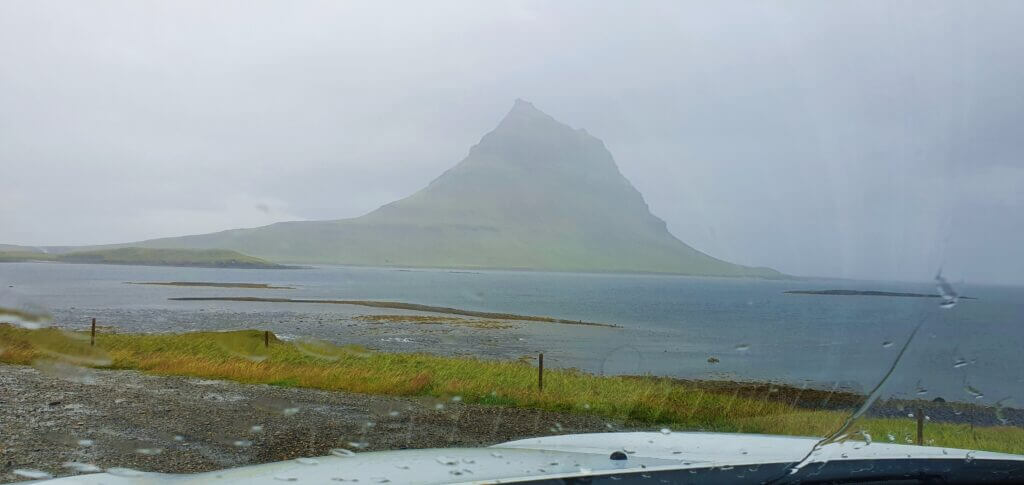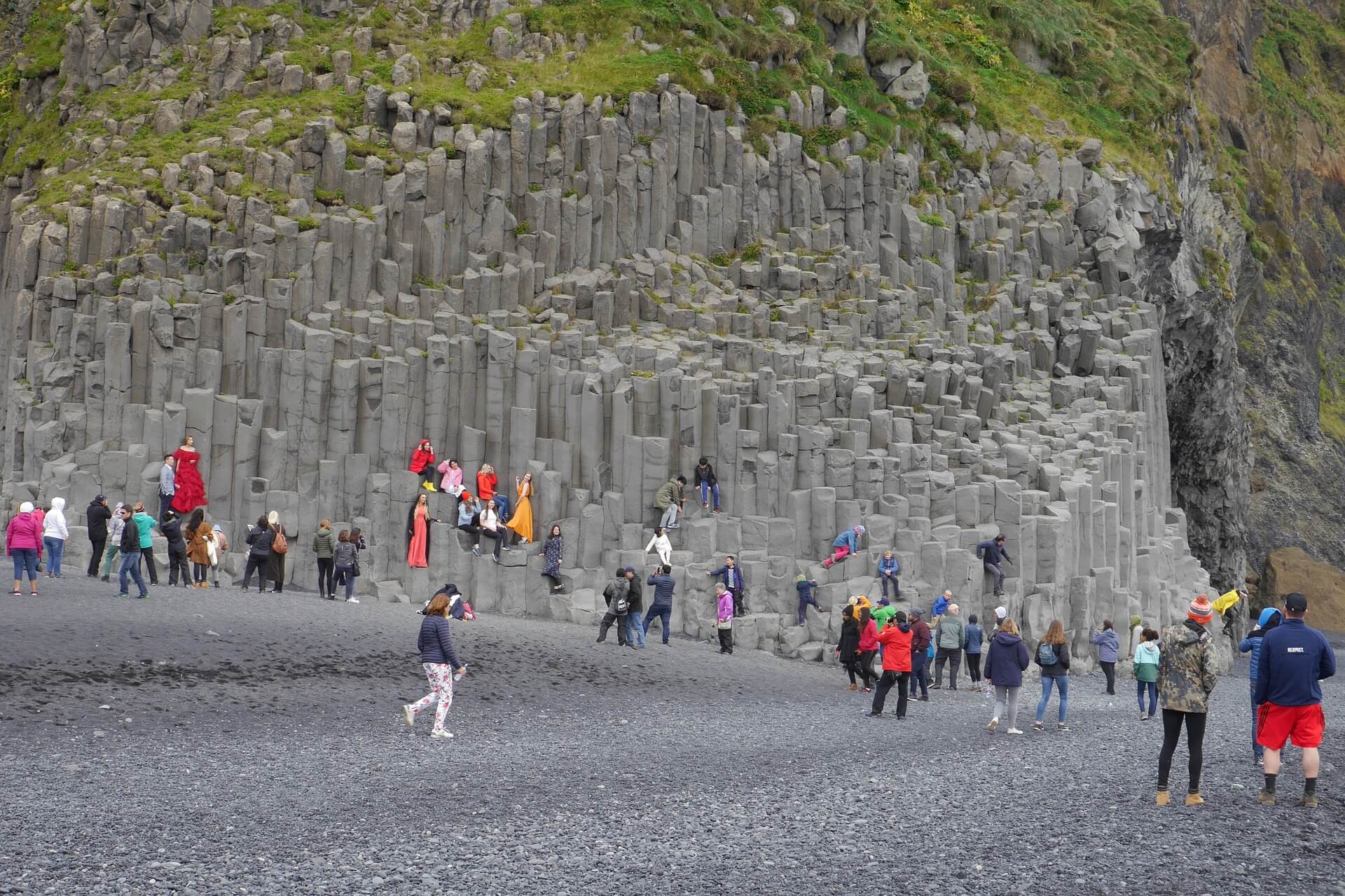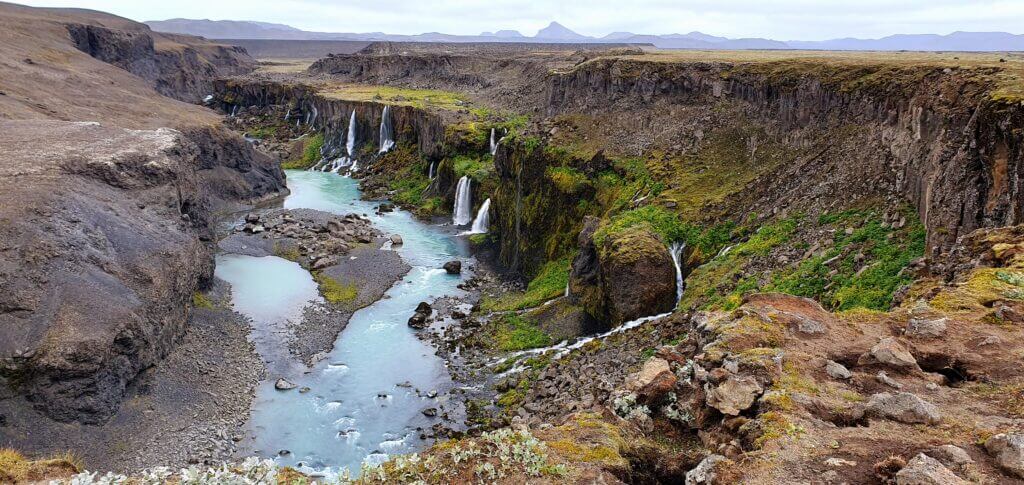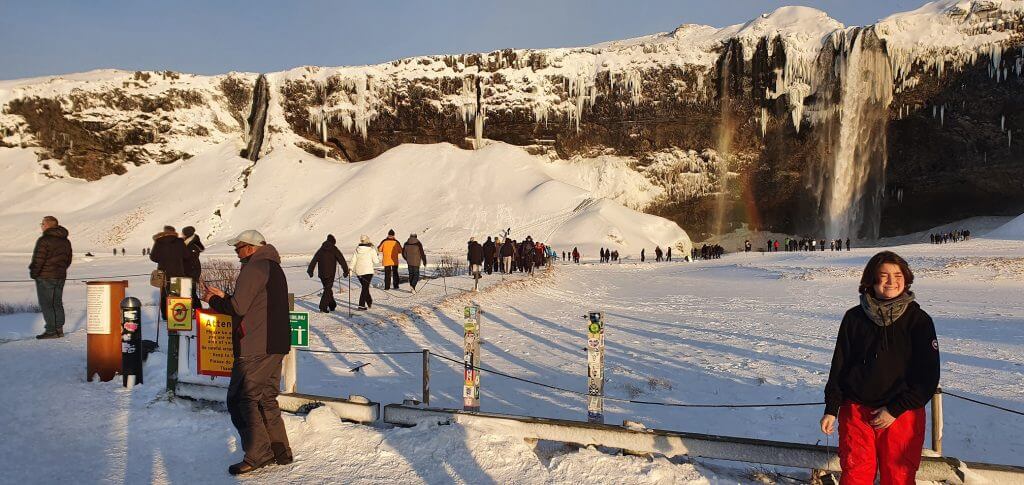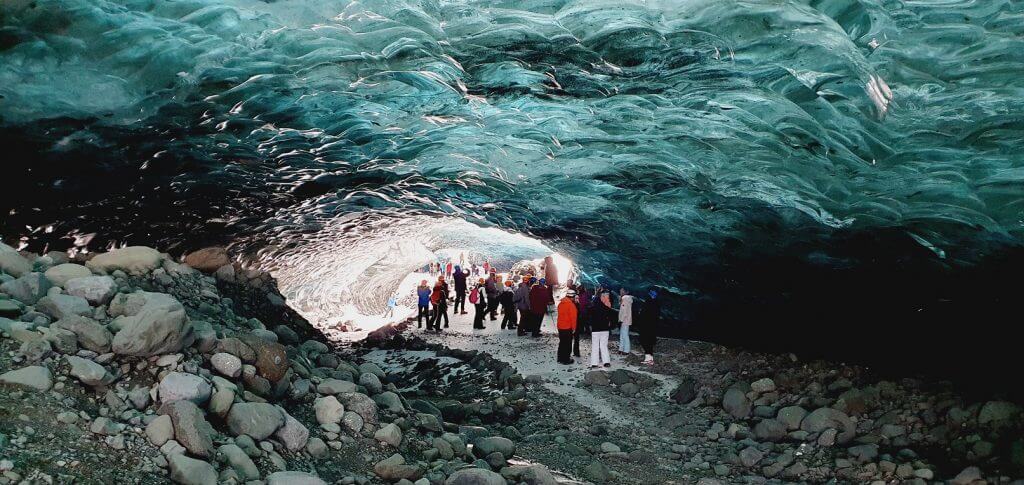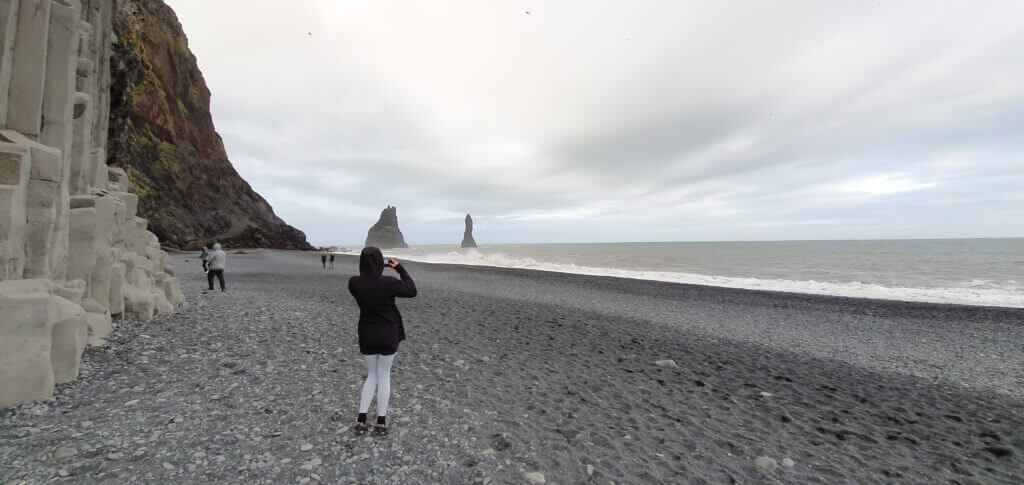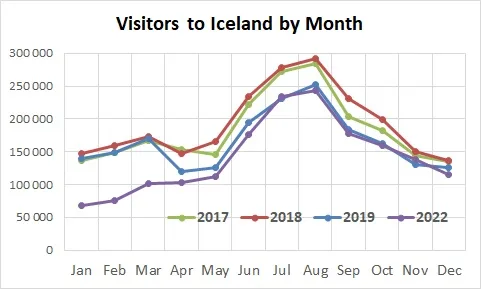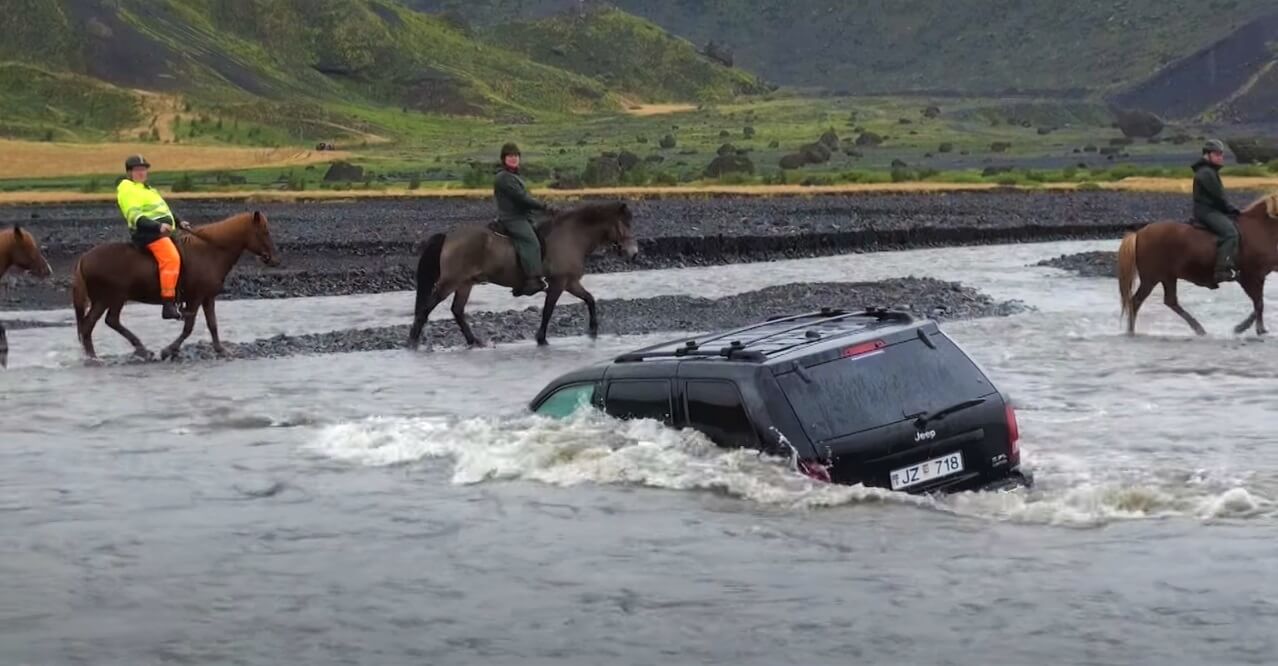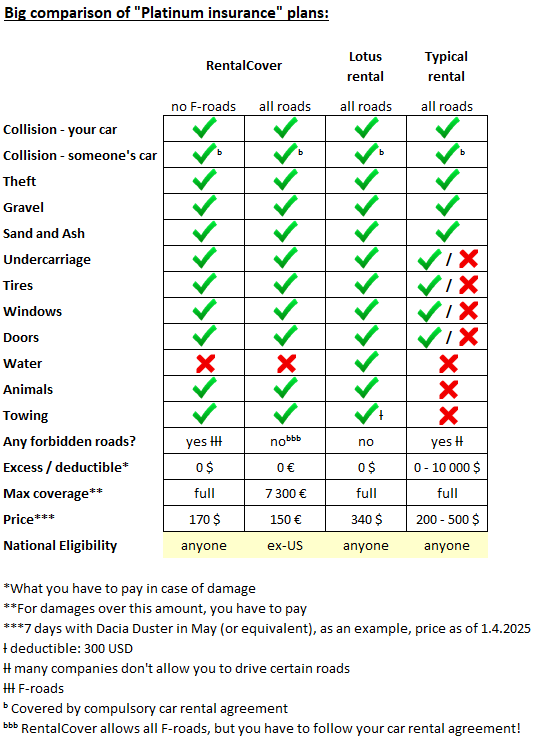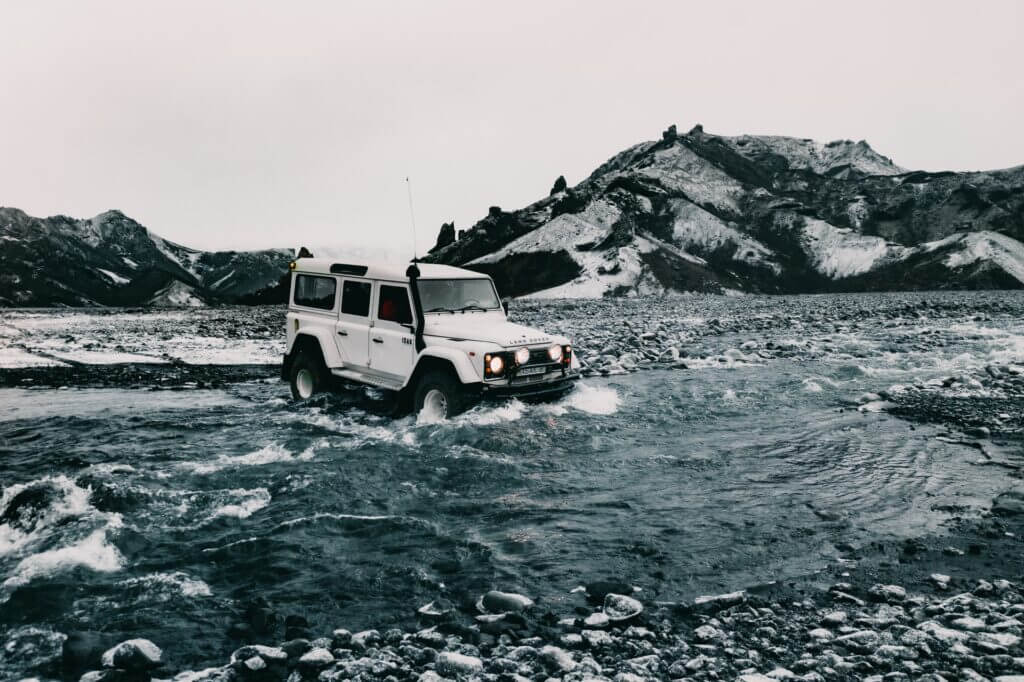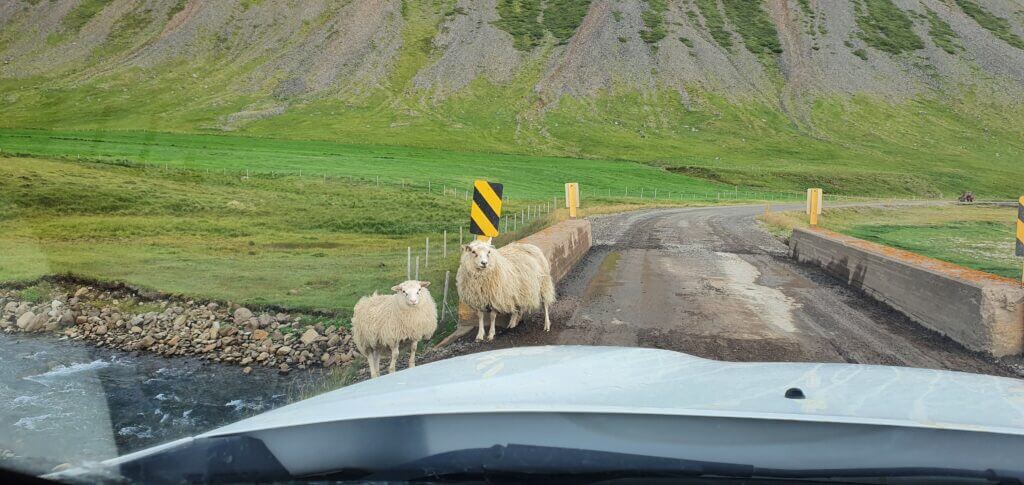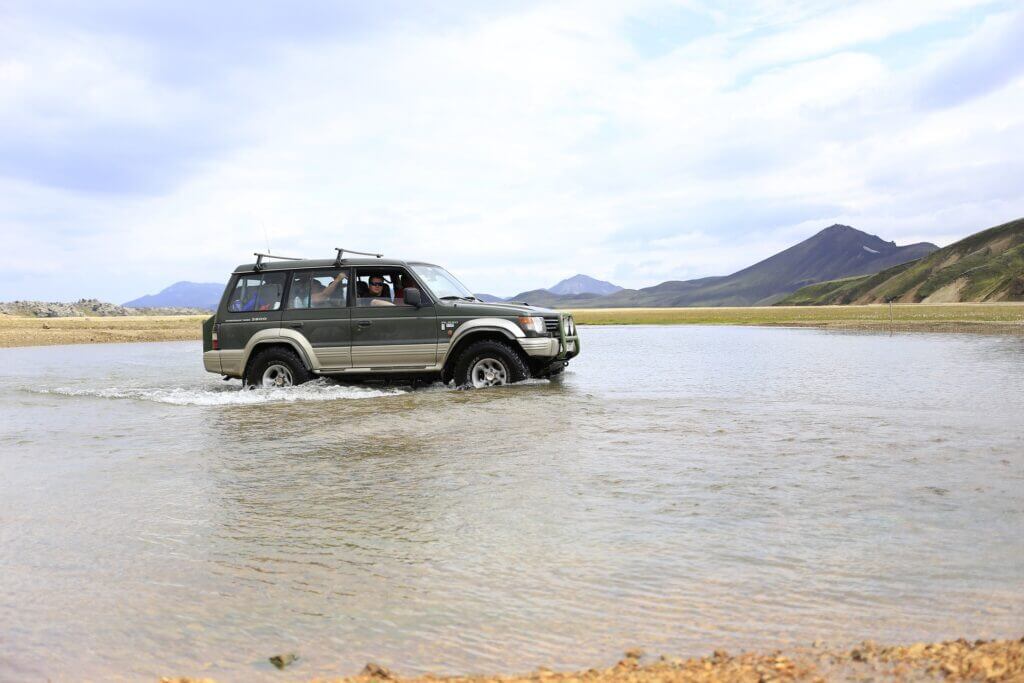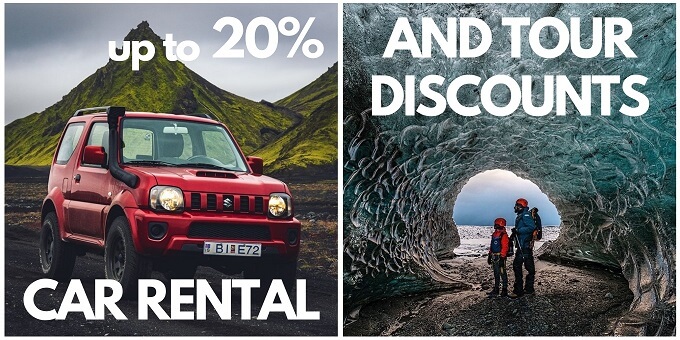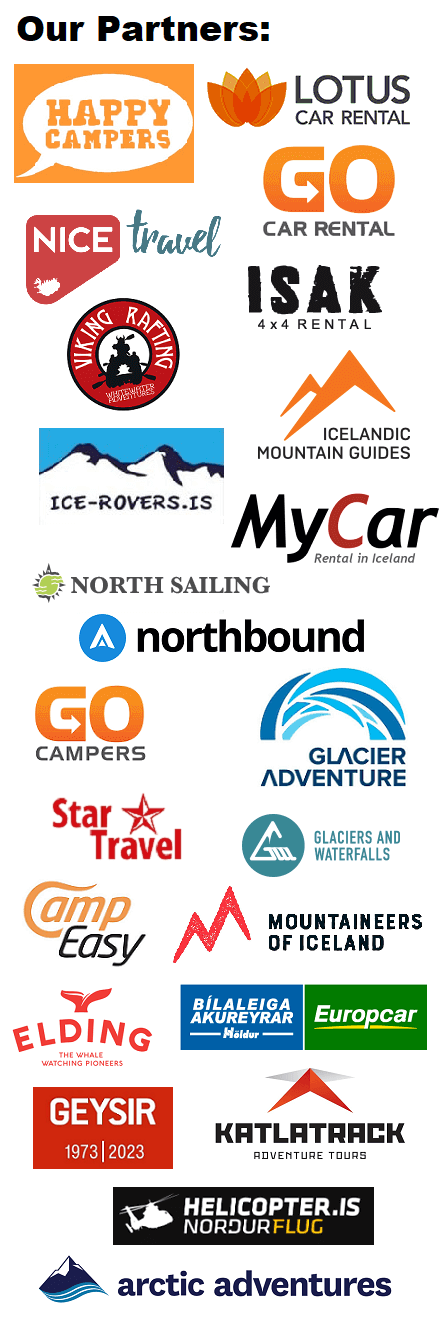Should you rent a campervan or a car with hotels in Iceland? This is the dilemma many Icelandic visitors face. Those renting a campervan or RV typically stay in campsites to be more flexible and to save money. On the other hand, those renting a car often combine it with staying in hotels or hostels.
What are the advantages and disadvantages of renting a car vs. renting a campervan in Iceland? In short, hotels win clearly when it comes to comfort, but a top choice for those seeking higher flexibility and a lower price is campervans. But your final decision should come down to many more factors.
We’ve tried both camping in a campervan as well as renting a car and staying in hotels over our numerous Icelandic trips. Yet, people ask us this very same question over and over. That’s why we wrote this detailed comparison of all the pros and cons of a campervan vs. a hotel.
This website may contain affiliate links and we may earn a small commission at no extra cost to you. This helps us cover running costs of this website.
Contents
- Campervan vs. Hotel + Car
- Campervan Pros and Cons
- Hotel with Car Pros and Cons
- Price Comparison
- Season
- Our Experience
- Campervan vs. Motorhome
- Motorhome Pros and Cons
- Best Campervan Rental in Iceland
- FAQ
- Is it cheaper to rent a campervan than to rent a car?
- What is the cheapest way to visit Iceland?
- Should you rent a campervan in Iceland?
- Should you rent a motorhome in Iceland?
- Do you have to reserve the campsites in advance?
- Can you rent a campervan in winter in Iceland?
- Can you visit the Icelandic Highlands with a campervan?
Campervan vs. Hotel + Car
Here’s a short comparison of hotels vs. campervans in Iceland:
- Flexibility: with a campervan, you have full freedom VS. with hotels, you are fixed to a specific place that has to be booked in advance
- Comfort: a campervan is not quite comfortable in many aspects VS. hotels are definitely very comfortable
- Price: a campervan and staying in campsites in Iceland is cheaper VS. hotels combined with a car rental
- Driving: a campervan is bigger, so it’s more difficult to drive VS. the 4×4 capabilities are typically better for non-camper jeeps and cars
- Winter: camping in winter in Iceland is harsh and limited VS. hotels typically operate all year round in the same way
- Meals: in a campervan, you have more room to eat and picnic VS. dining out in a normal car is a bit cumbersome, but possible
How to Choose the Best Car for Iceland?
Campervan Pros and Cons
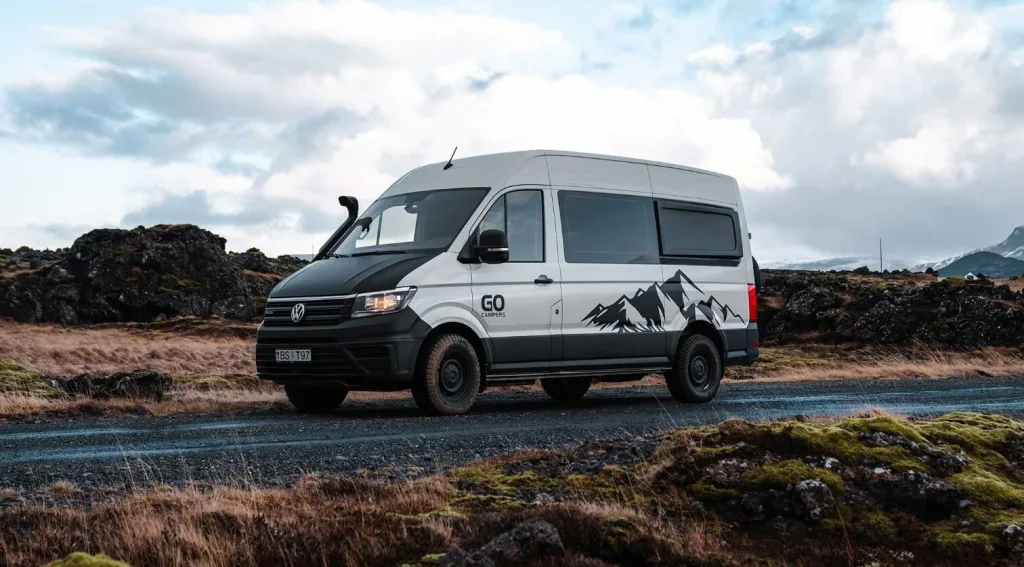
4×4 Campervan by Go Campers. 5% discount code: EPICICELAND on all Go Campers campervans
Pros
- Full freedom. You can go wherever you want and whenever you want. Being fixated on a specific hotel on a specific day for your entire trip can be frustrating. With a campervan, you are not fixed to anything! Just find the closest campsite when the end of your day is nearing, and you’re done.
- Campervan can be cheaper. At least compared to hotels with a rental car. Of course, there are various campervans and various cars/hotels, but this is generally true.
- The vibe is great. Imagine waking up, and the first thing you see is a giant waterfall. Yes, that’s entirely possible in Iceland in a campervan.
- Free shelter. When the weather turns sour, it’s much more pleasant to spend your time in a campervan compared to a standard car.
- Everything at hand. All your things are at hand. They can’t be anywhere else. This can also be a disadvantage, though 🙂
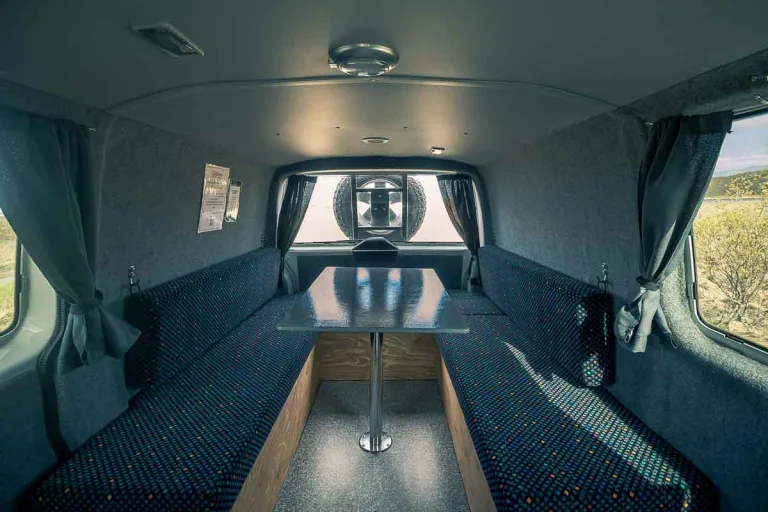
Campervan vs. Car? This is how it looks inside a great CampEasy campervan.
Cons
- Comfort is limited. As the space in a campervan is. Also, the heating will never match the one in a hotel. And so will not the bed quality.
- It can still be a lot cheaper. If you rent a normal car and camp in a tent in campsites, instead of camping inside of a campervan.
- Setting up the beds and tables. When you have to do this twice or three times a day and 14 days in a row, this will not be your favorite activity anymore.
- Hygiene is more complicated. Imagine going for a toilet in the middle of the night in the wind and rain at a campsite. This was the thing I hated the most about campervanning in Iceland.
- The campervan is not a jeep. It’s impossible to visit hard-to-access places in a campervan. Not even in a 4×4 campervan! Several places in the highlands, like Þórsmörk or central Highlands, are impassable for all campervans.
- Winter can be unpleasant. Most of the Icelandic campsites are closed in winter, or their facilities are closed, and you can just sleep there over. Add to that a much colder, windier, and rainier weather, and all the remnants of comfort are gone.
Hotel with Car Pros and Cons
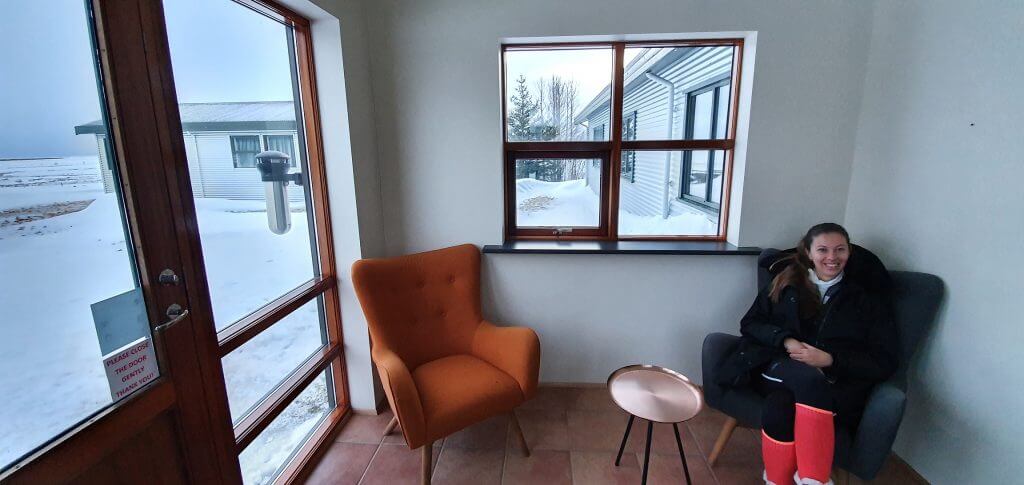
The main advantage of a hotel vs a campervan in Iceland is comfort, comfort, and comfort.
Pros
- Convenience and comfort. Warm bed, enough space, shower, toilet, oftentimes breakfast included. You know what I mean. Comfort is the bread and butter of staying in hotels or hostels and renting a car in Iceland. And it often beats all the other criteria.
- You can go anywhere. You can rent any car you wish, including a super jeep. This means you are free to access any part of Iceland, including all of the Highlands.
- Priceless in winter. As we already mentioned, Icelandic winter can be harsh. When staying in a hotel, the only thing you have to care about is getting to the hotel. The rest is taken care of by the hotel staff.
- Hotels are often the only restaurant in town. They sometimes even have a hot tub or a pool!
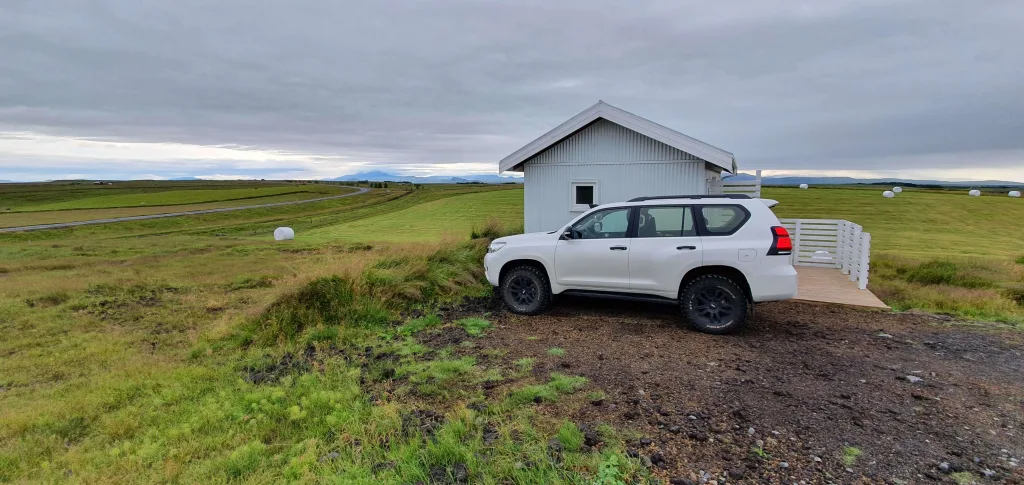
Campervan or Car in Iceland? This is what a large car in front of the Icelandic cabin looks like.
Cons
- Price tag. Hotels and hostels are significantly more expensive than campsites.
- You have to book them in advance. Iceland has limited accommodation availability, especially in summer. Everyone will recommend you book hotels in advance. However, this limits your flexibility a lot. Free cancellation is typically available only seven or more days before the scheduled stay date.
- Plan changes are virtually impossible. If you want to change your plans for whatever reason, be it bad weather, it’s very difficult with hotels already booked. You can do it only partially. Entirely reversing the course of your trip is off the table.
- Sticking to hotel hours. You can check-in, check out, and have breakfast only at designated hours. Don’t like them? Well, you don’t have a choice, only to accept them.
Check out all the Discounts on Cars and Campervans and Guided Tours in Iceland
Price Comparison
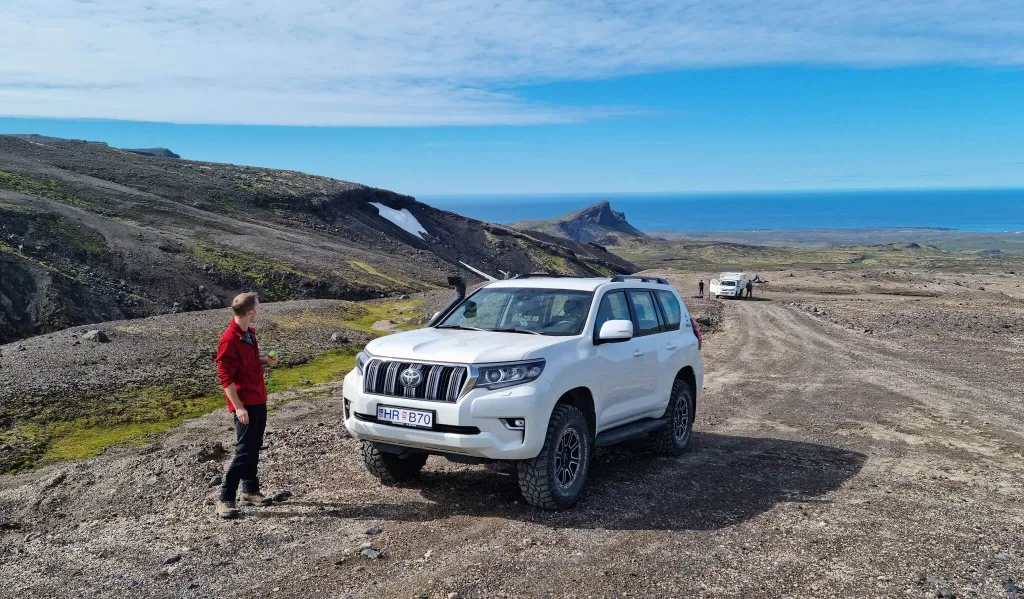
Modified Land Cruiser by e.g. MyCar can pass almost anything
We will now make a real-life comparison of how much it costs to rent a campervan and stay at a campsite VS. how much you will pay for renting a car and staying in a hotel.
Let’s assume two travelers visit Iceland for seven days in July, and they plan to stay along the south coast. They either rent a cheaper 2wd car (Toyota Yaris) and stay in cheap hotels OR they rent a cheaper campervan and stay in campsites.
Renting a car and staying in hotels consists of the following major expenses:
- Car rental (roughly 90USD/day)
- Car insurance (roughly 35USD/day)
- Gas (roughly 25USD/day)
- Accommodation (roughly 180USD/day)
This adds up to around 330 USD per day per two travelers. So, on average, renting a car with hotels in Iceland costs 330USD per day for a couple.
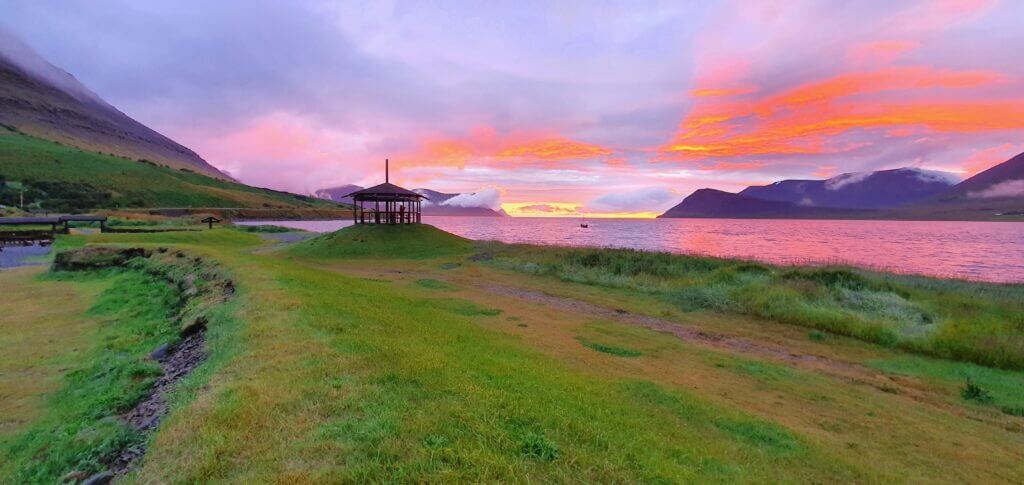
Picturesque sunset at Þingeyri campsite
Now, here is a cost breakdown when renting a campervan and staying in campsites:
- Campervan rental (roughly 200USD/day)
- Campervan insurance (roughly 45USD/day)
- Gas (roughly 30USD/day)
- Campsite (roughly 35USD/day)
This sums to 310 USD per day per two travelers. So again, on average, renting a campervan and staying in campsites in Iceland costs about 310USD per day for a couple.
In this particular case, you would save 6% when renting a campervan compared to a car with hotels.
The difference is not huge, though, and can easily be reversed. 4×4 campervans are much more expensive, so in that case, it can be more expensive to rent a campervan and stay in campsites, compared to renting a 4×4 car and staying in a hotel.
In summary, whether it’s cheaper to rent a campervan and camp or to stay in hotels really depends on a particular offer, the type of campervan, and the level of the hotel.
Campervan can be cheaper but also more expensive. There’s no simple answer to this.
Season
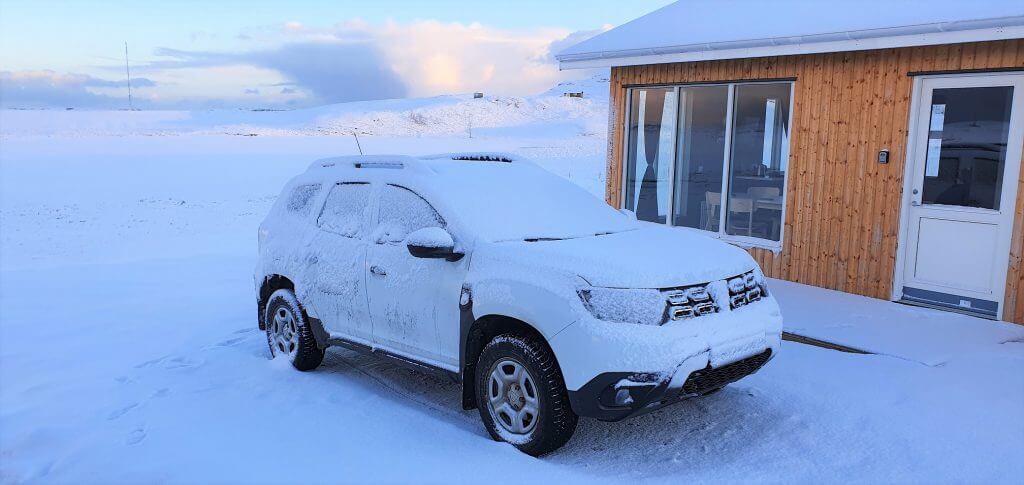
Yes, 4×4 car may be very useful in winter in Iceland
Summer
Campervans are most comfortable in summer. That’s the time of the year when you either don’t need the heating at all in Iceland or you need it just during the night.
Secondly, in summer, all campsites are open. This gives you a lot of choices on where to park your campervan.
Thirdly, Icelandic weather is mildest in summer. This means that enjoying a picnic, camping, or overlanding in general is the most pleasant from June to September.
Winter
Camping in winter portrays an entirely different picture. Most of the campsites are either fully closed, or their shower, kitchen, and toilet facilities can be closed. You need to carefully plan for which campsite to choose.
Moreover, the weather is, on average, much harsher in winter or outside of summer. This makes any type of campervanning quite a challenge.
Our Experience
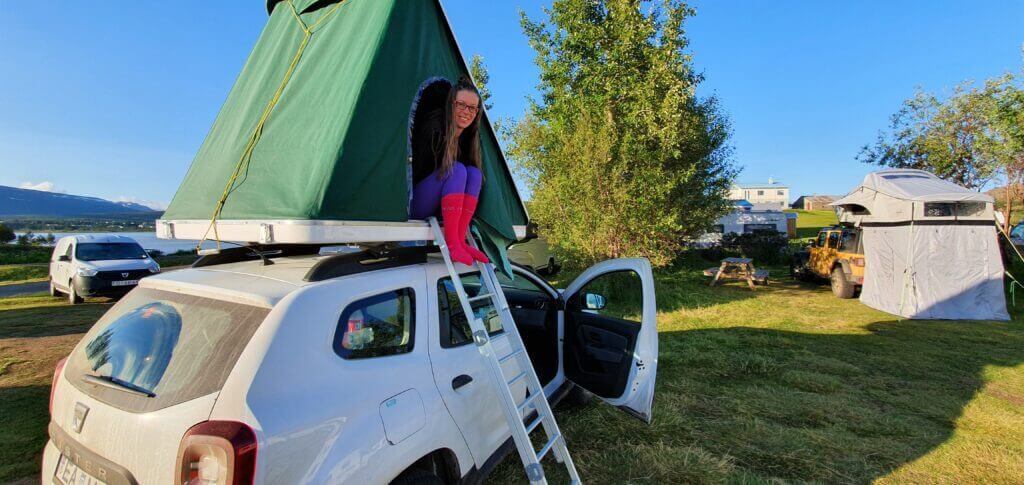
Waking up on a beautiful sunny morning in a rooftop tent in Fellabær camp, before our trip to Askja
We tried both a campervan combined with camping and a car with hotels several times when visiting Iceland and both of them had their advantages and disadvantages.
Campervan
During our first trip to Iceland, we rented one of the cheapest “campervans” out there – a car with a rooftop tent. Our aim was to save money, enjoy an authentic Icelandic atmosphere, and be fully flexible. You can read in detail about our rooftop tent car rental experience.
We loved it on nice, sunny days and when campsites were not fully booked. We also enjoyed the full freedom to choose when and where to end our day.
However, we hated arriving at a campsite in the rain and wind, walking through the wet grass and mud in the middle of the night to get to the toilet, and waking up due to cold feet and noses.
Those are the bright and dark sides of a campervan.
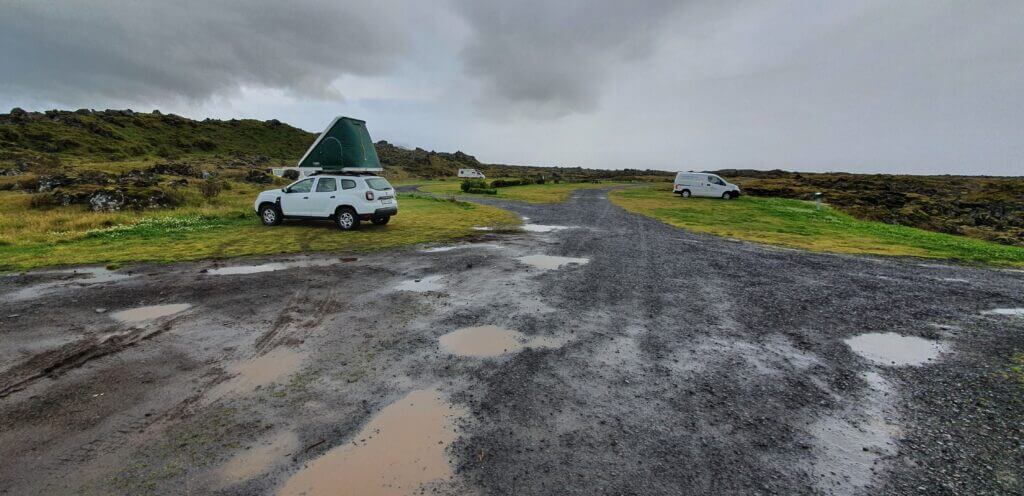
Hellissandur campsite on a foggy, rainy evening
Hotels
Our preferred option is to book cheap hotels or hostels and rent a large 4×4 car or a super jeep to explore every inch of Iceland we want without any limits.
This is what we’ve done most of the time after trying a campervan. We love sleeping in a warm hostel room in a proper bed after an exhausting day of exploration. We enjoy a proper shower and toilet and don’t want to bother waiting in a campsite in a shower queue.
What we don’t like about hotels is the inability to change plans last minute. This typically means some days may be wasted due to unfavorable weather, or we need to drive many more miles a day, which can be tiring.
Campervan vs. Motorhome

Campervan vs. Motorhome battle. This is a great RV/Motorhome by Geysir Car Rental, 5% discount code: EPICICELAND
There’s one more option worth considering when visiting Iceland. And that’s renting an RV or, in other words, a Motorhome.
The difference between an RV/Motorhome and a Campervan is that an RV/Motorhome is much bigger than a campervan and has all the facilities like a toilet, shower, and kitchen inside. These are also the main advantages of an RV/Motorhome.
Best Motorhome rental in Iceland? That’s McRent according to reviews.
A quick comparison of an RV/motorhome and a campervan:
| Campervan | RV / Motorhome | |
|---|---|---|
| Price | cheaper | more expensive |
| Winter | possible | not recommended |
| F-roads, Highlands | possible with 4x4 | no |
| Clutch | manual / automatic | Manual |
| Parking and Handling | easy | difficult |
| Space | small | huge |
| Toilet | no | yes |
| Shower | no | yes |
| Comfortably Sleeps | 2-4 people | 2-6 people |
Motorhome Pros and Cons
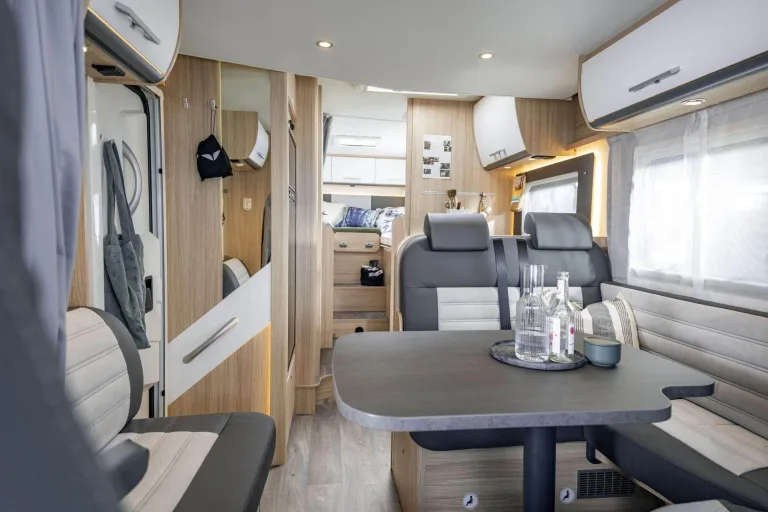
The best Motorhome rental in Iceland is most likely McRent Iceland.
Pros
- More spacious. Option for bigger groups willing to stay together or those who value space.
- A hotel on wheels. Especially hygiene amenities are a huge plus.
Cons
- More expensive than a campervan, but overall affordability depends on the number of people using it and on a particular model.
- A motorhome is big, so you can’t easily park it. Also, forget about the Highlands. Motorhomes are not allowed to enter, except the specially modified ones (e.g. Unimog), which are not available for rent in Iceland.
- You have to handle the sewage and electricity on a daily basis.
Best Campervan Rental in Iceland
It’s super important to rent with a reliable, well-rated company. You don’t want your trip to be ruined by damage scams or vans breaking down in the middle of your journey, right? That’s why we always and only rent directly with local campervan companies we truly believe are the best:
- CampEasy, 3% to 5% discount with our discount link
- Go Campers, 5% discount code: EPICICELAND
- Happy Campers, 5% discount code: EPIC5
- Cozy Campers, 7% discount code: EPICICELAND
These are the four companies that also have the best reviews, basically everywhere you look (Google, Facebook, Tripadvisor, etc.). Check it out yourself! 🙂
FAQ
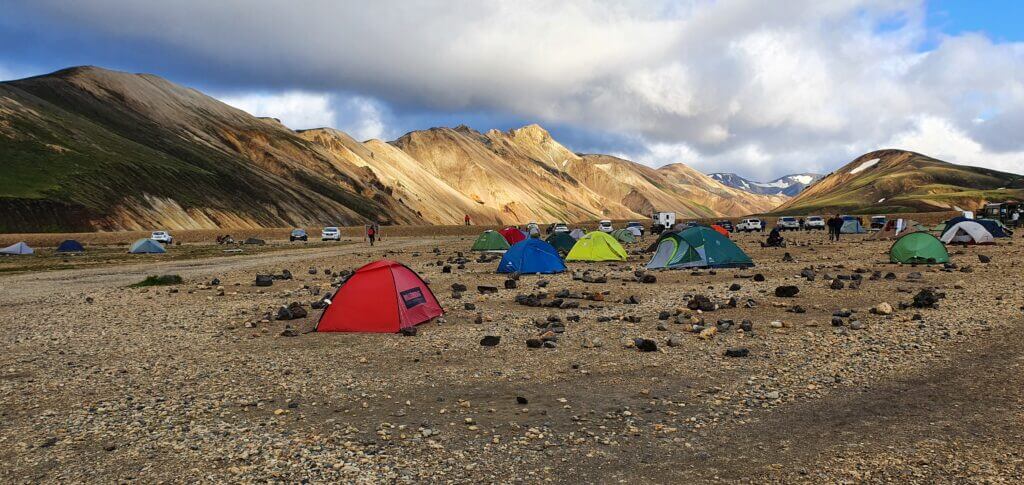
Landmannalaugar Brennisteinsalda campsite on a summer evening
Is it cheaper to rent a campervan than to rent a car?
It is typically slightly cheaper to rent a campervan, but this depends on a specific deal and on the model of a campervan, the model of a car, and the type of accommodation you choose.
What is the cheapest way to visit Iceland?
By far the cheapest way to explore Iceland is to rent a standard car and stay in campsites in your own tent.
Should you rent a campervan in Iceland?
You should rent a campervan in Iceland if you want to be flexible, enjoy camping, and are willing to sacrifice the comfort of a hotel room.
Should you rent a motorhome in Iceland?
You should rent a motorhome in Iceland if you prefer spacious RVs with all the facilities and you plan to drive only on main, paved roads around Iceland.
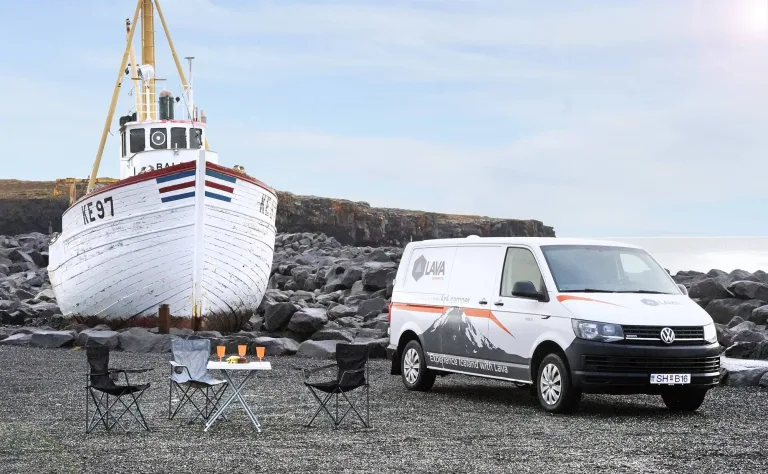
Campervan by Lava Car Rental. 5% discount code on Lava Car Rental: EPICICELAND
Do you have to reserve the campsites in advance?
Most of the Icelandic campsites have enough space, and you don’t need to reserve them in advance.
Can you rent a campervan in winter in Iceland?
Yes, you can rent a campervan in winter in Iceland, but traveling in a campervan in winter is significantly less pleasant due to cold weather and most of the campsites being closed.
Can you visit the Icelandic Highlands with a campervan?
Yes, you can visit some easier-to-reach areas in the Icelandic Highlands with a 4×4 campervan. You can’t visit hard-to-access parts of the highlands, though.
YOU MAY ALSO LIKE:
- Guided Tours or Rent a Car in Iceland? All PROs and CONs.
- 21 Best Day Trips from Reykjavik
- Best Summer Guided Tours in Iceland
- Best Winter Guided Tours in Iceland
- How to Find a Nice Weather in Iceland
- Should you Rent a Rooftop Tent Car in Iceland?
- When to Go to Iceland
- How to Avoid Tourists in Iceland

